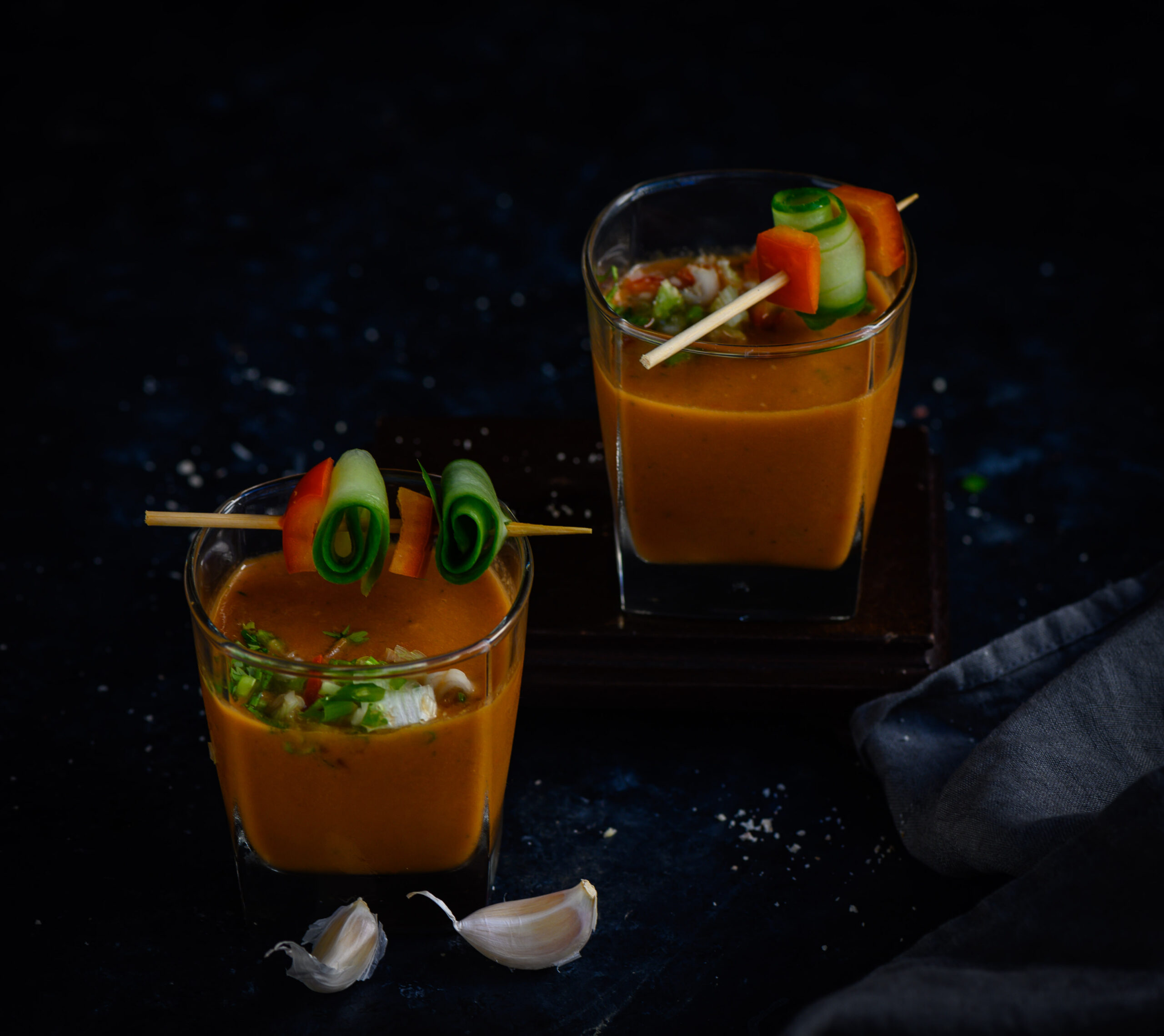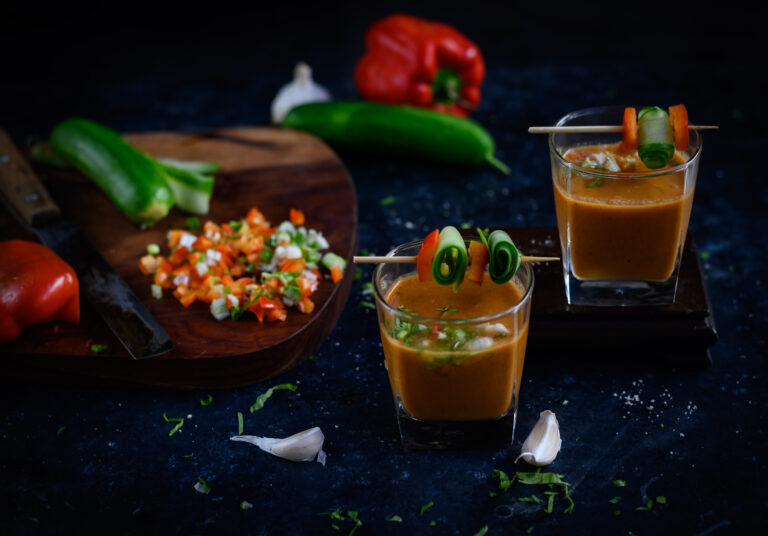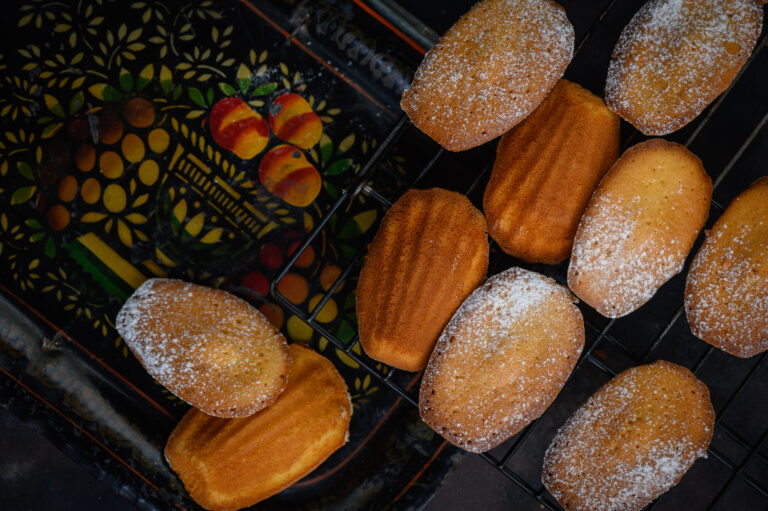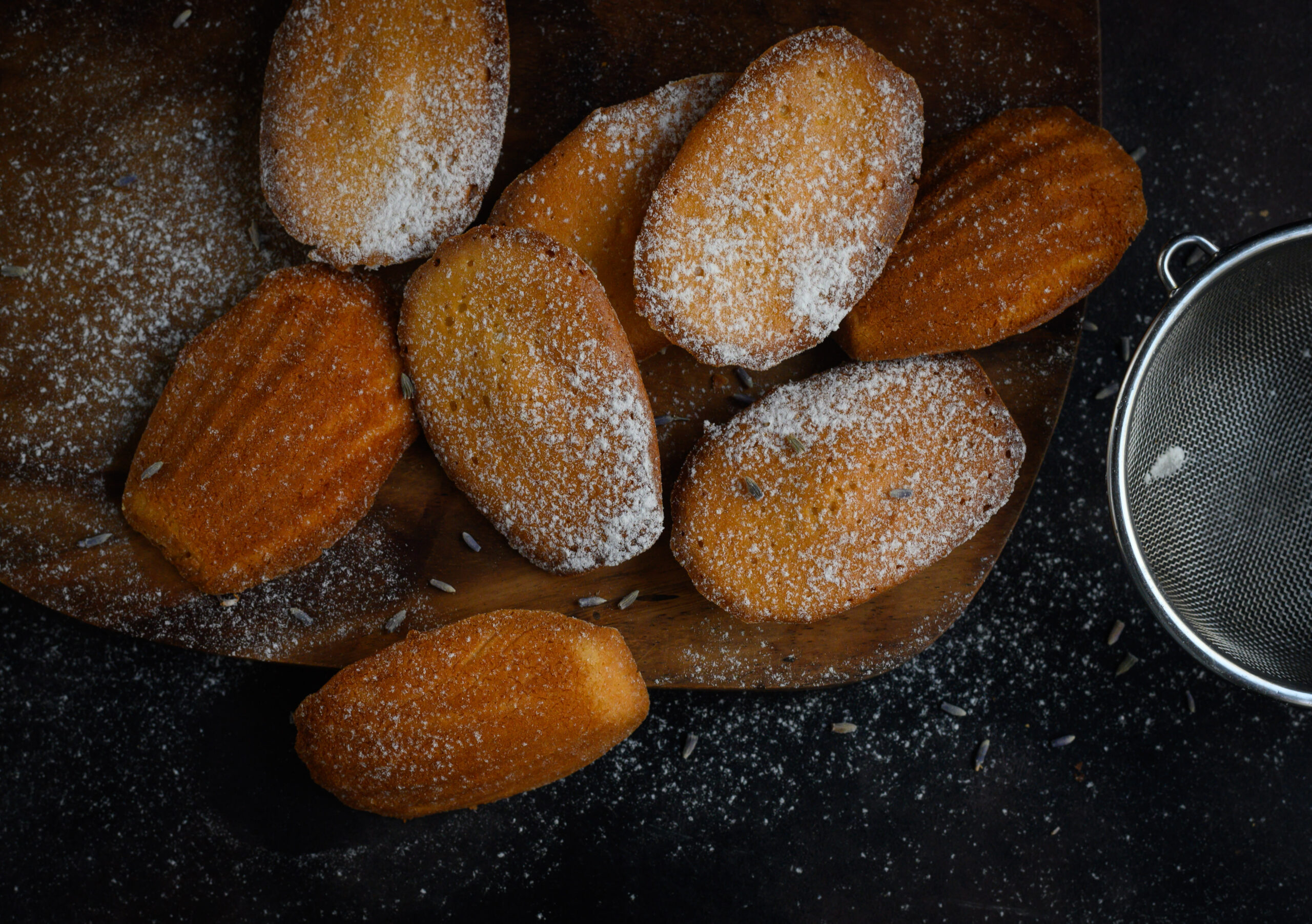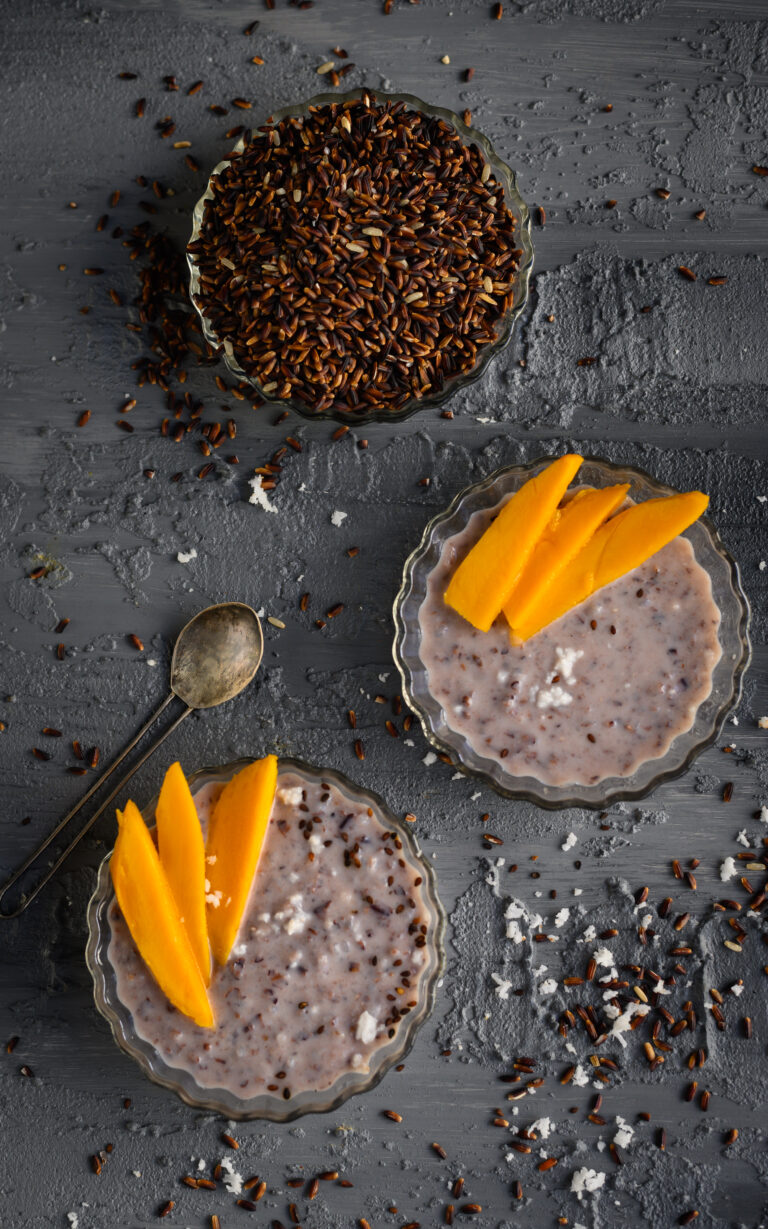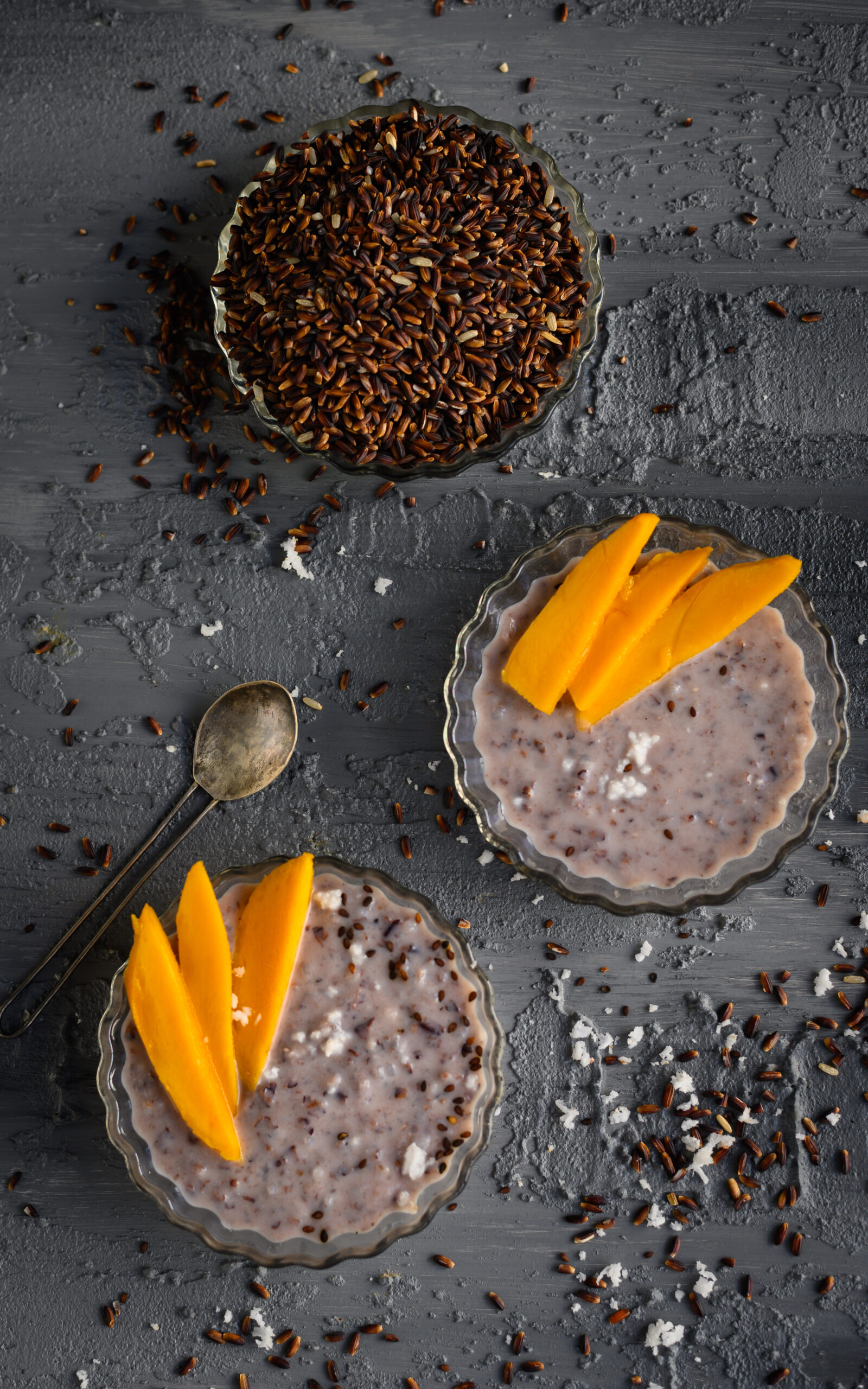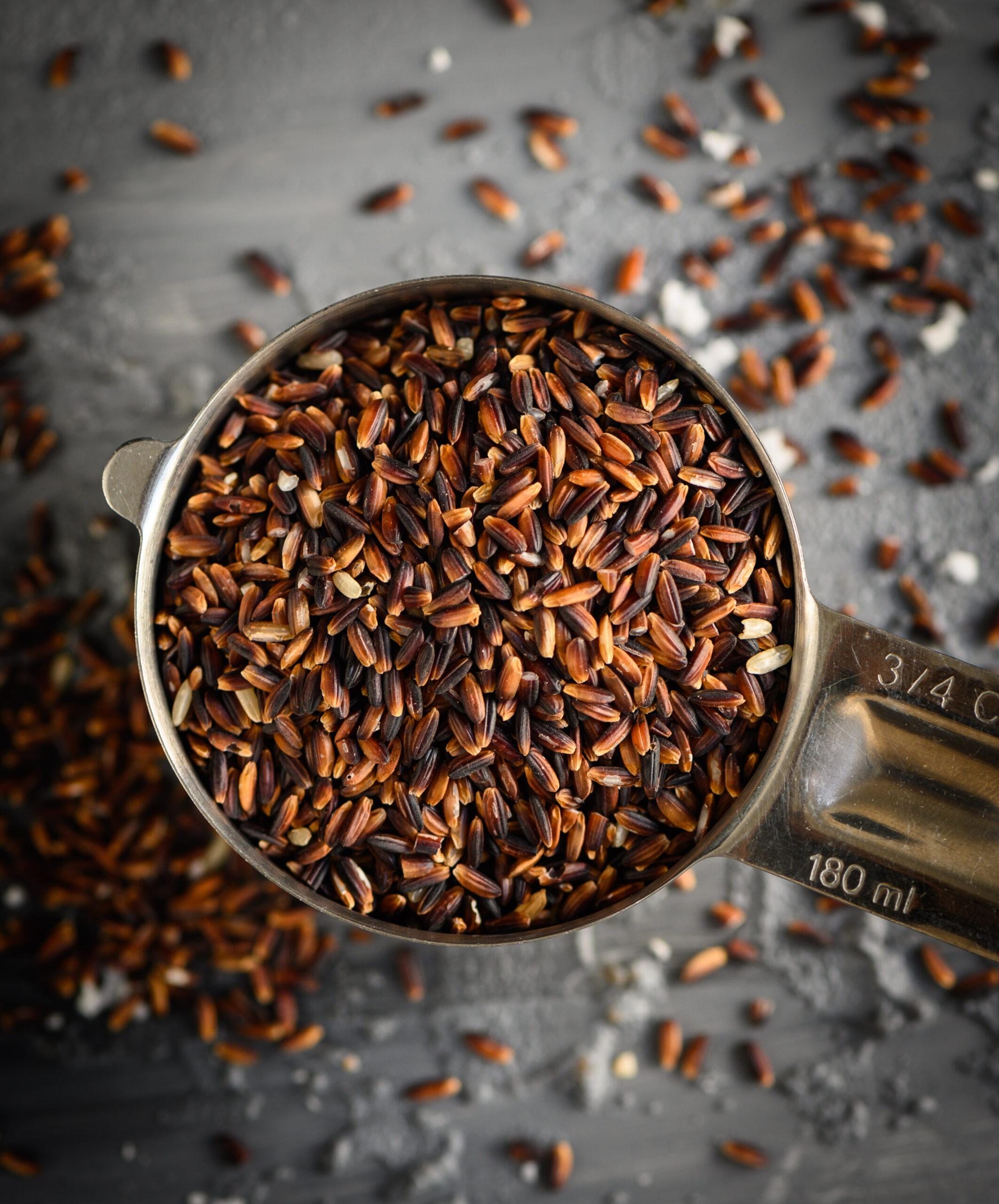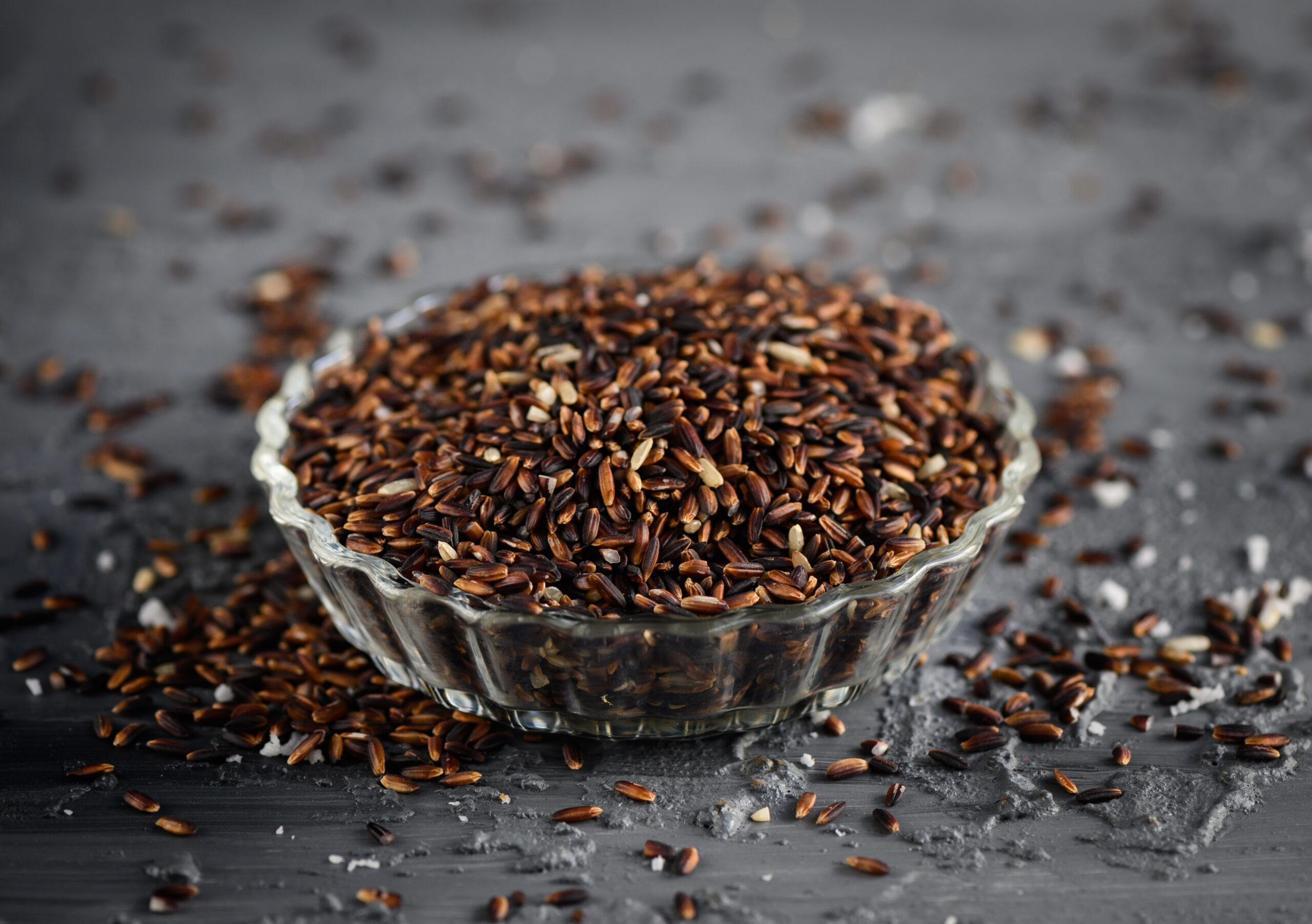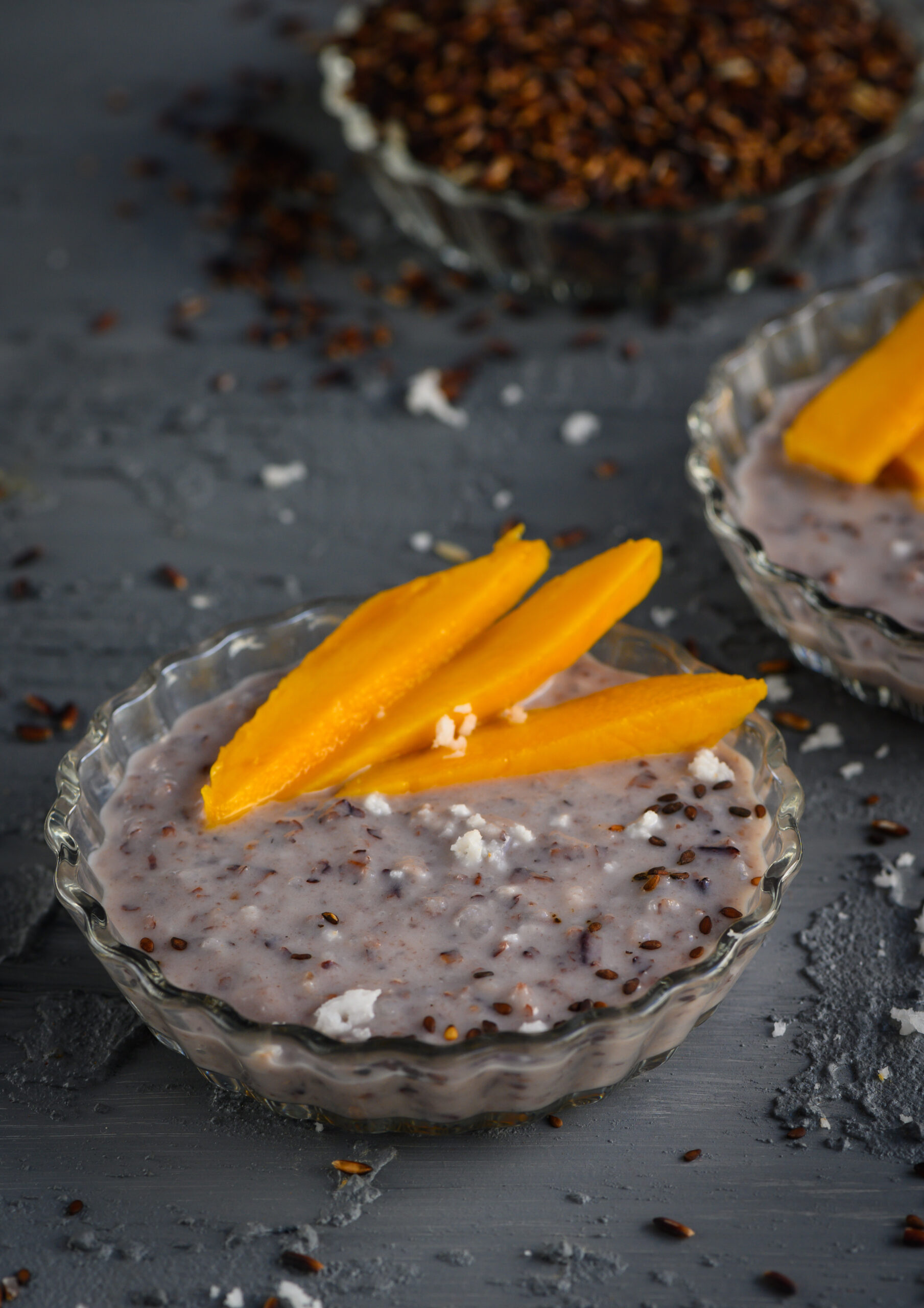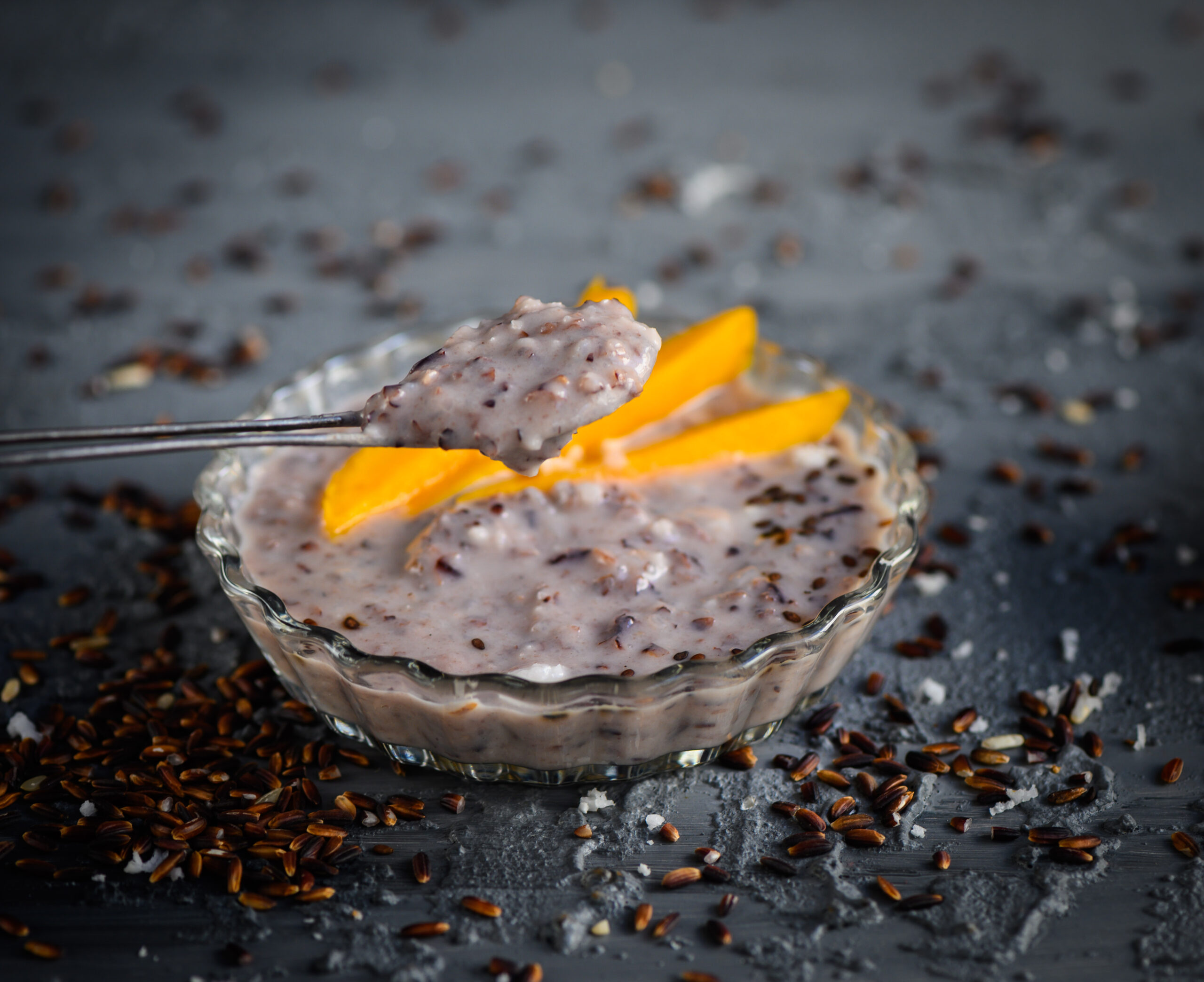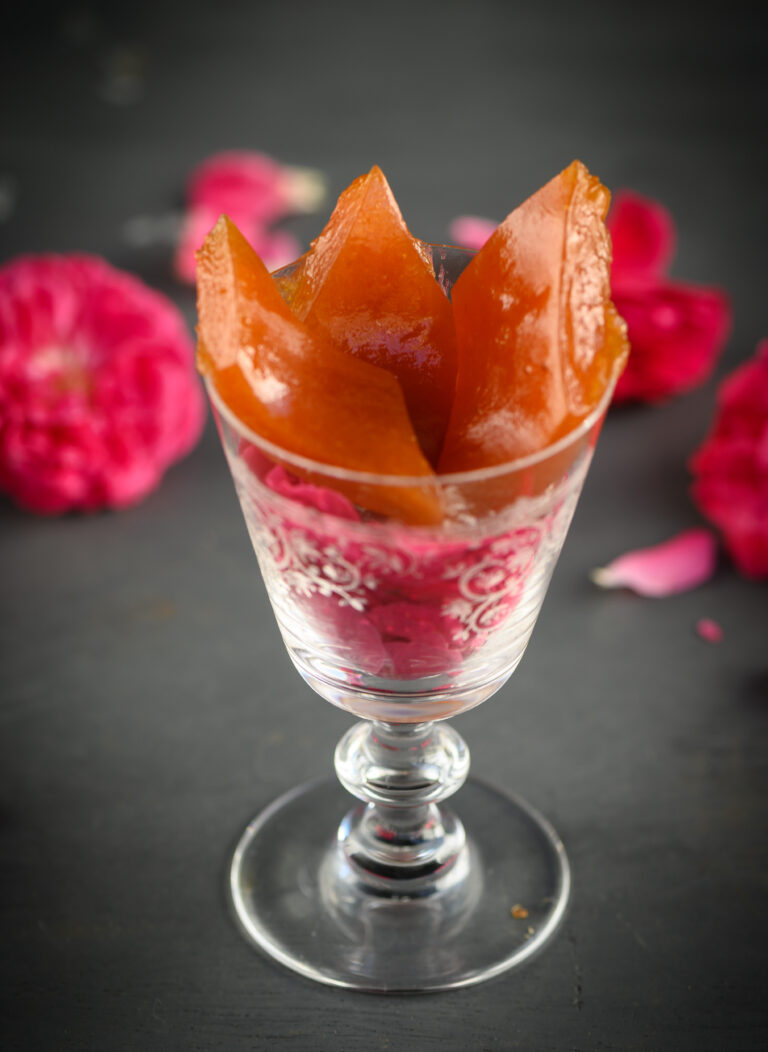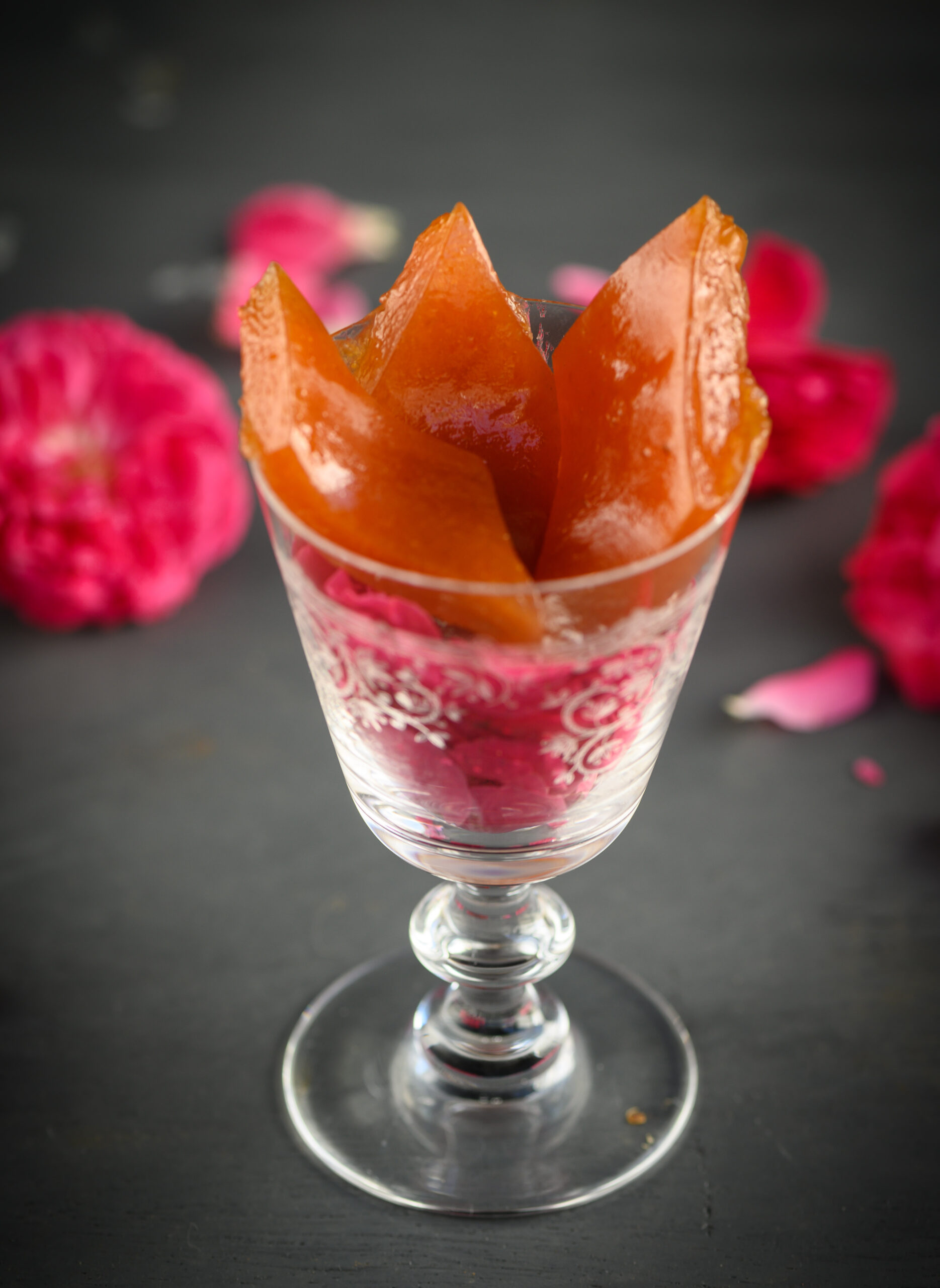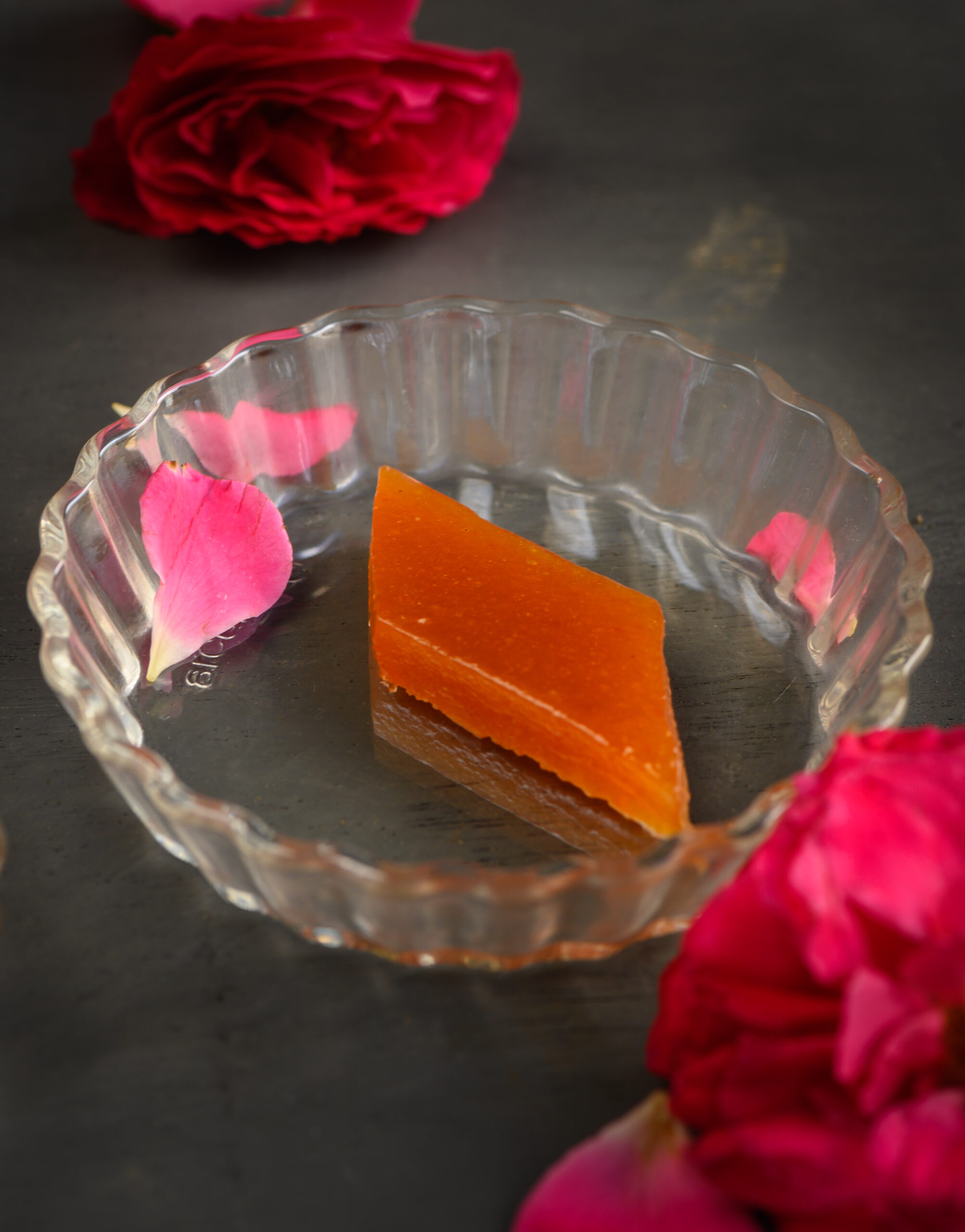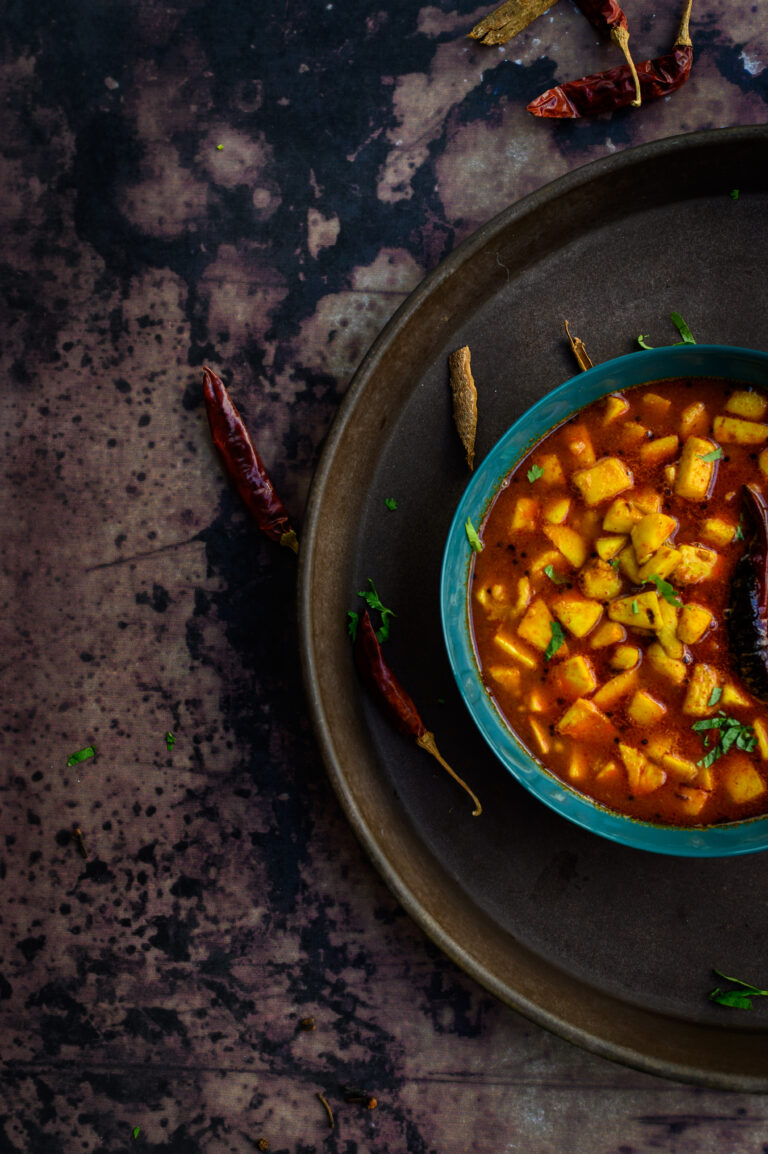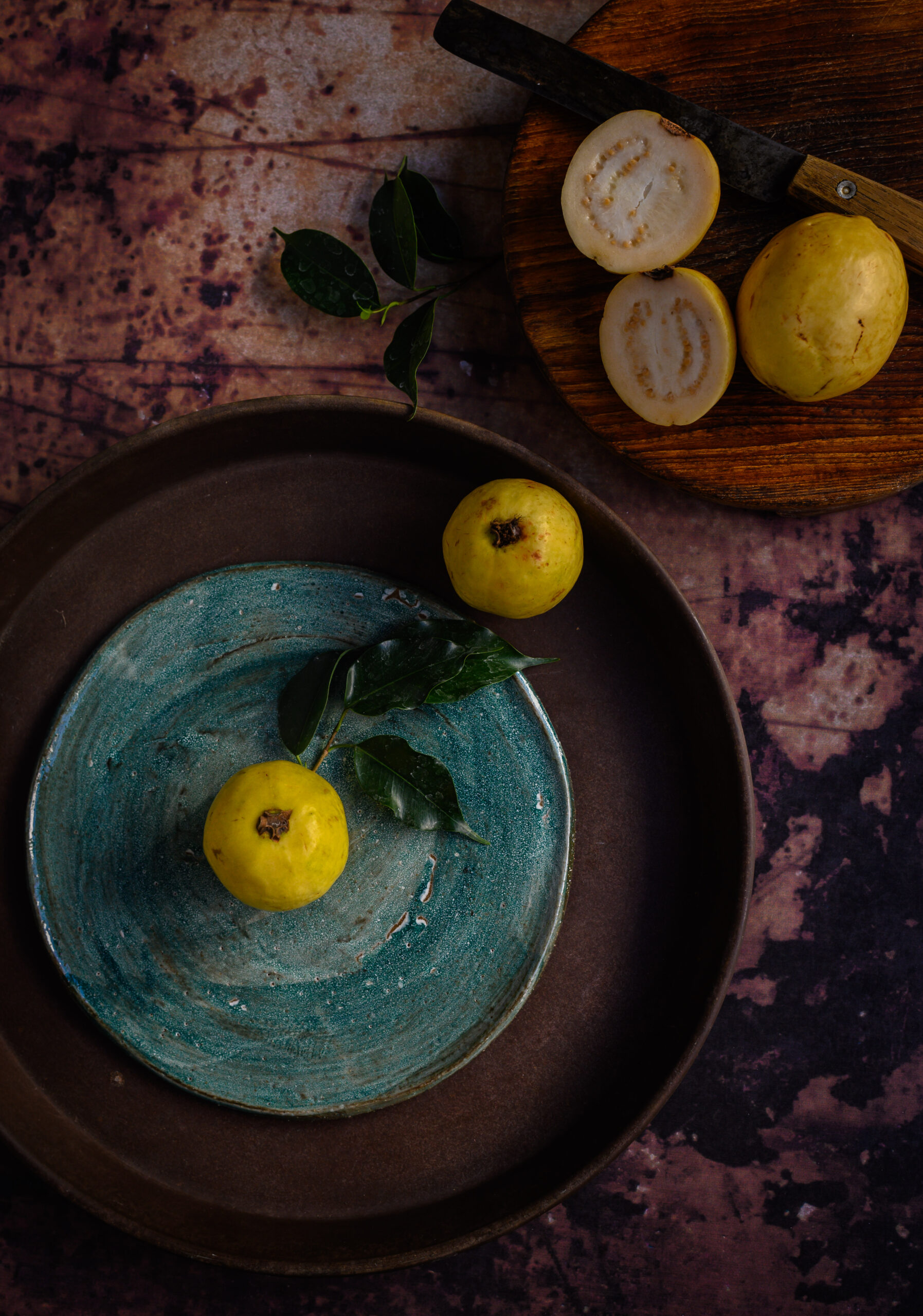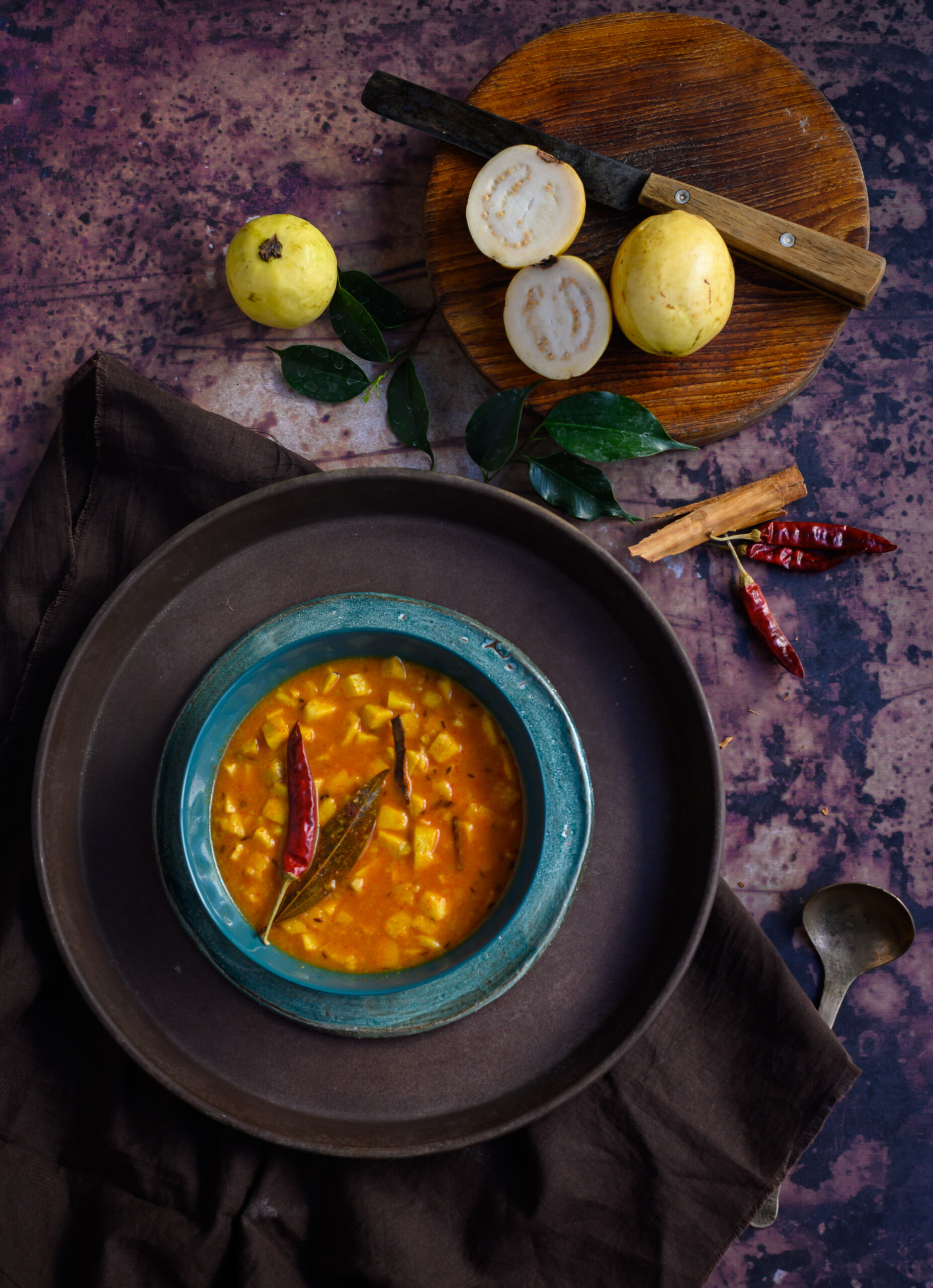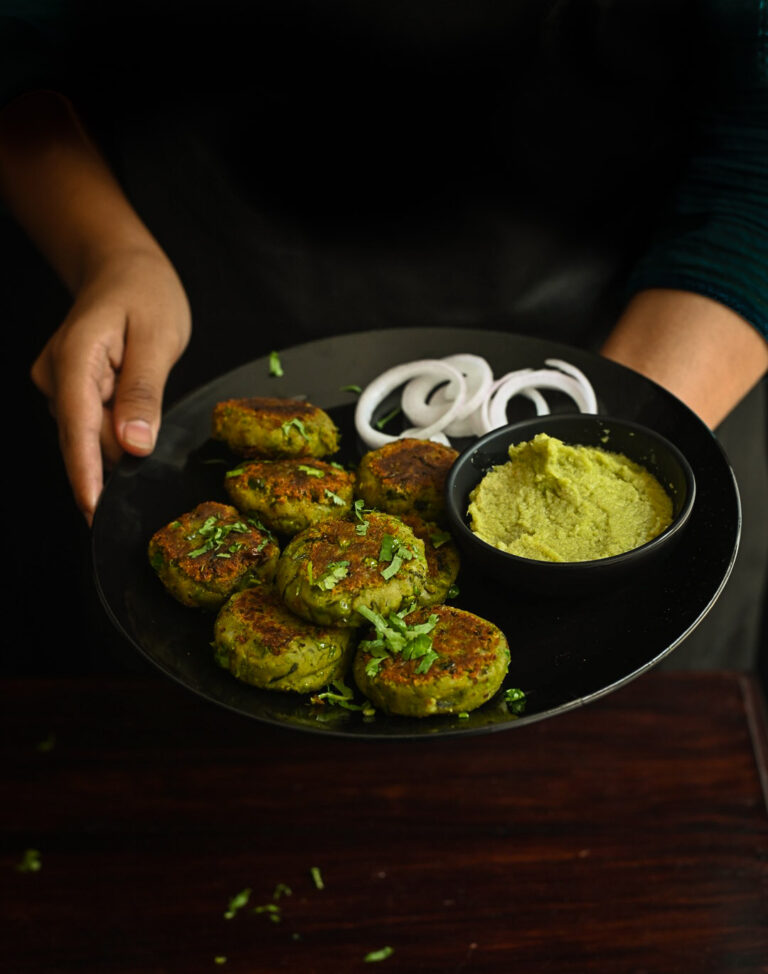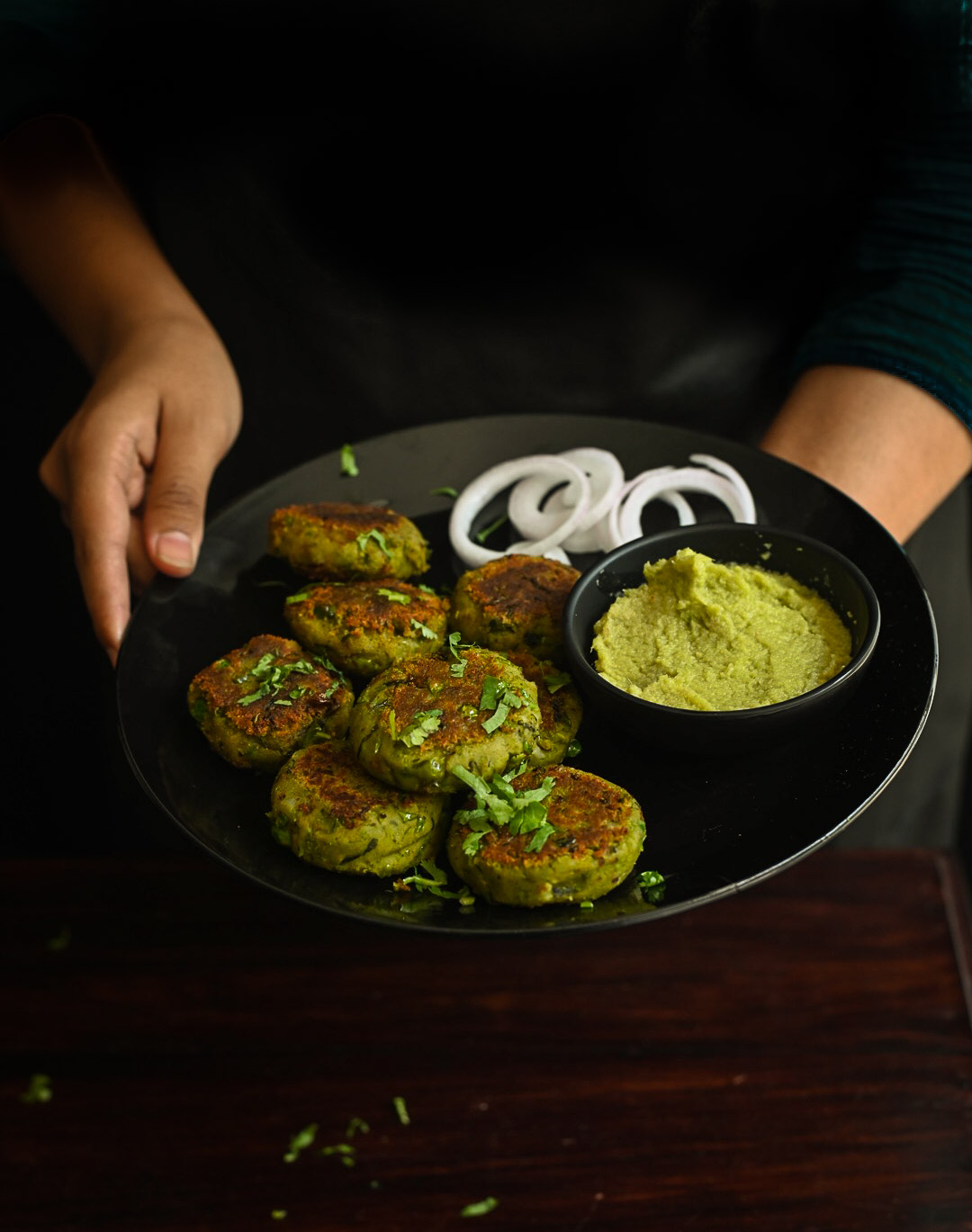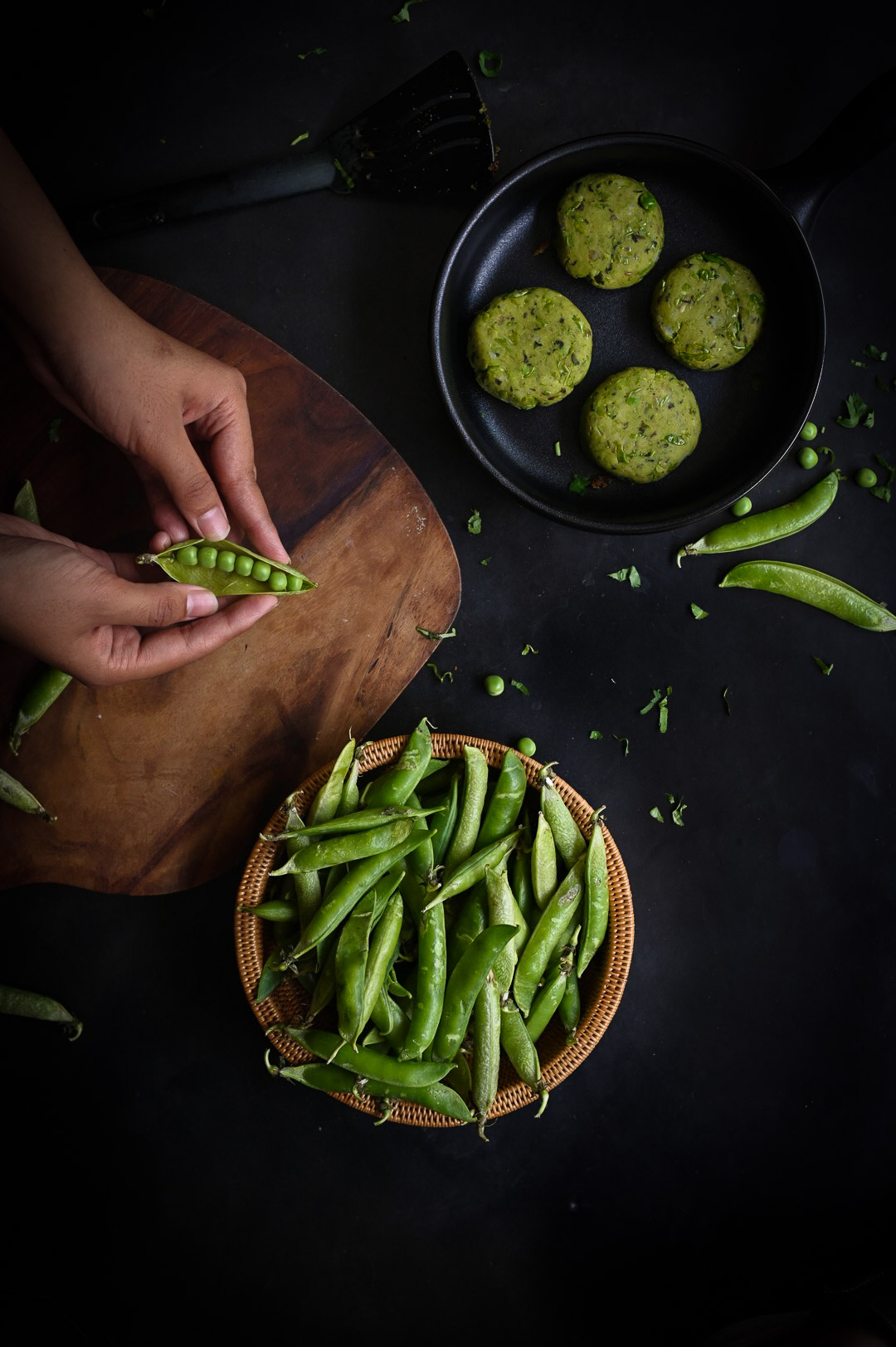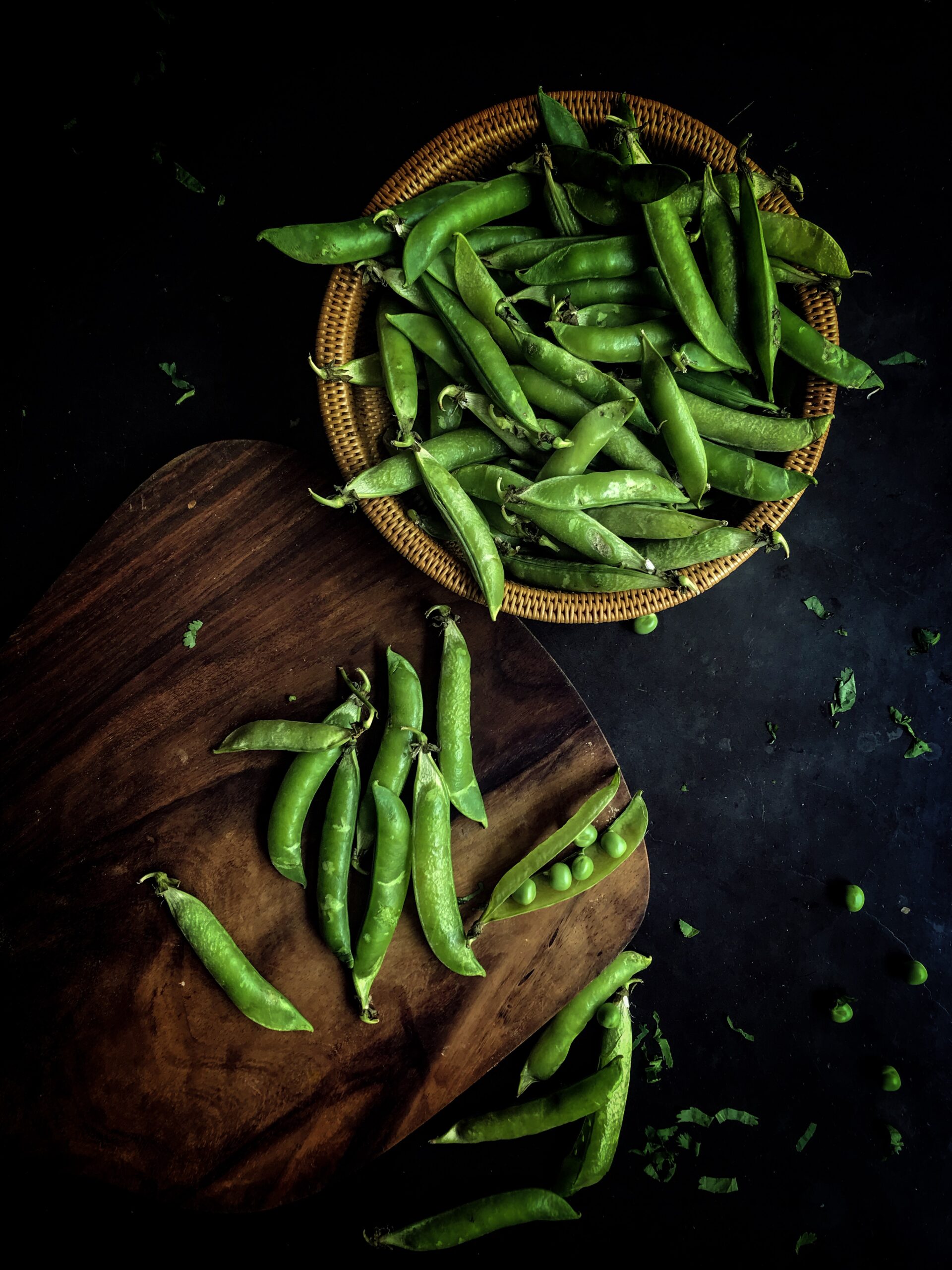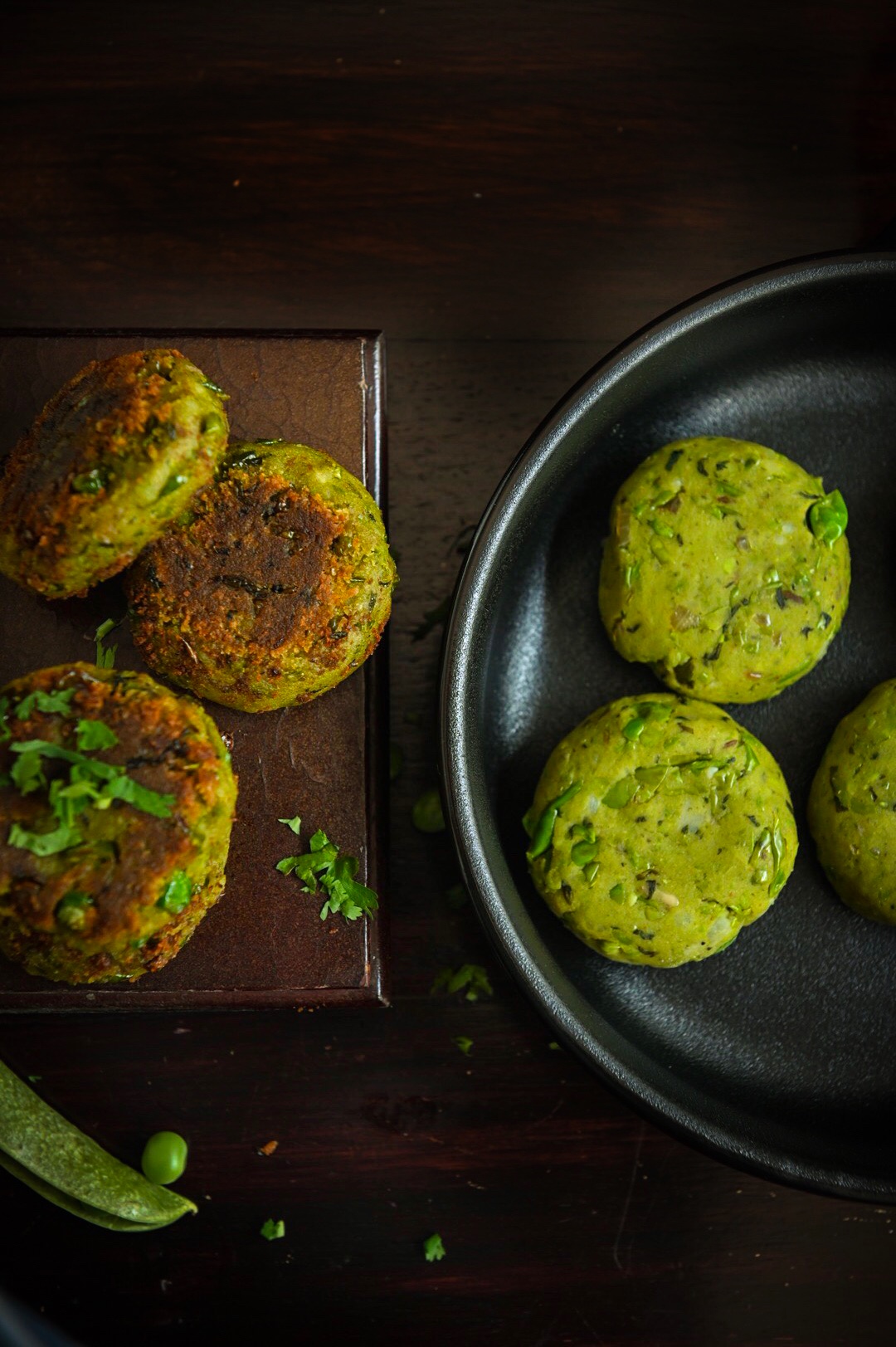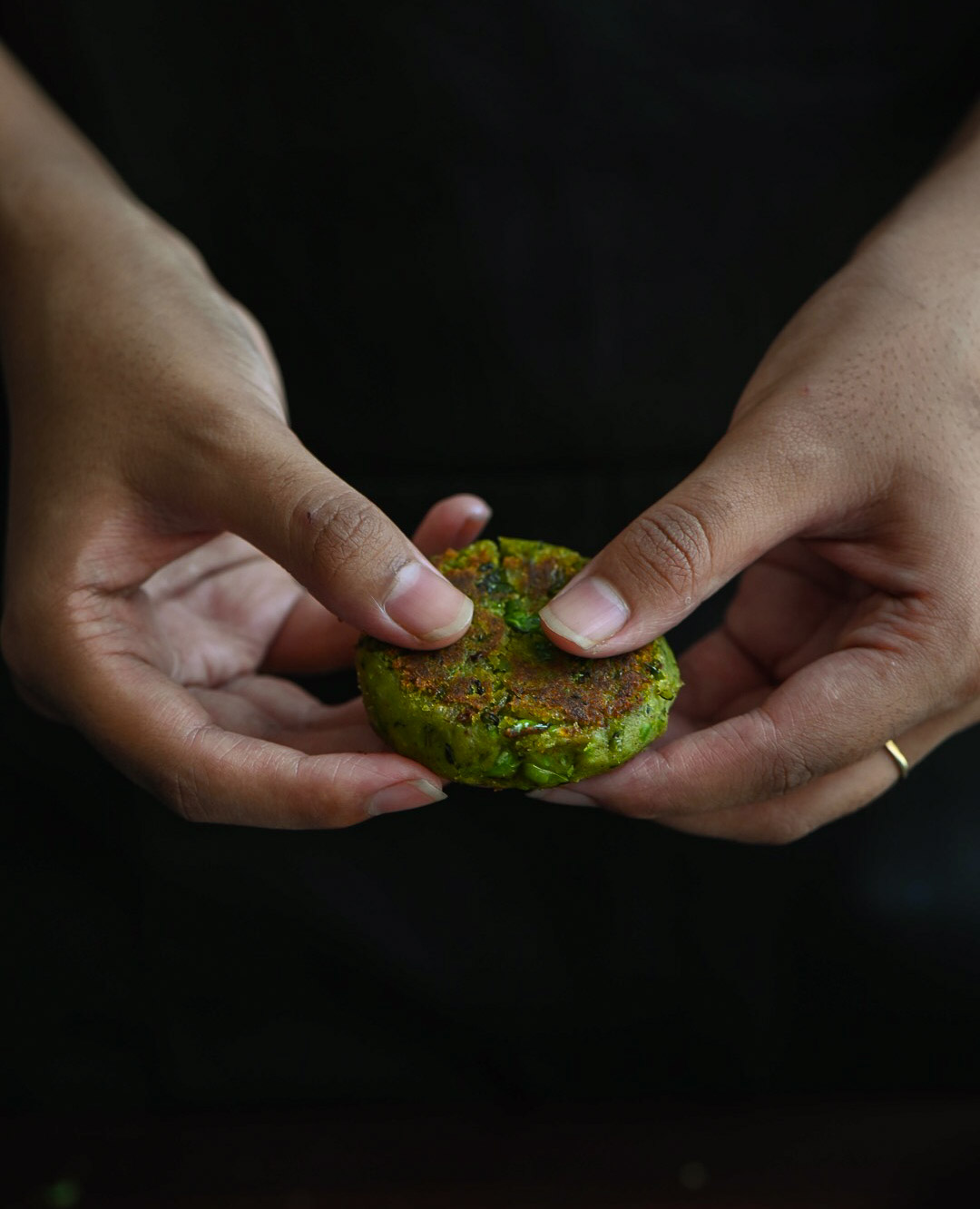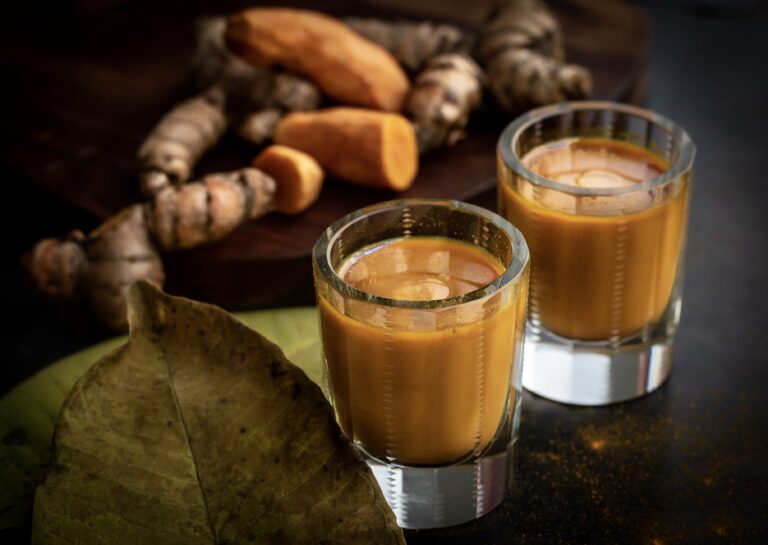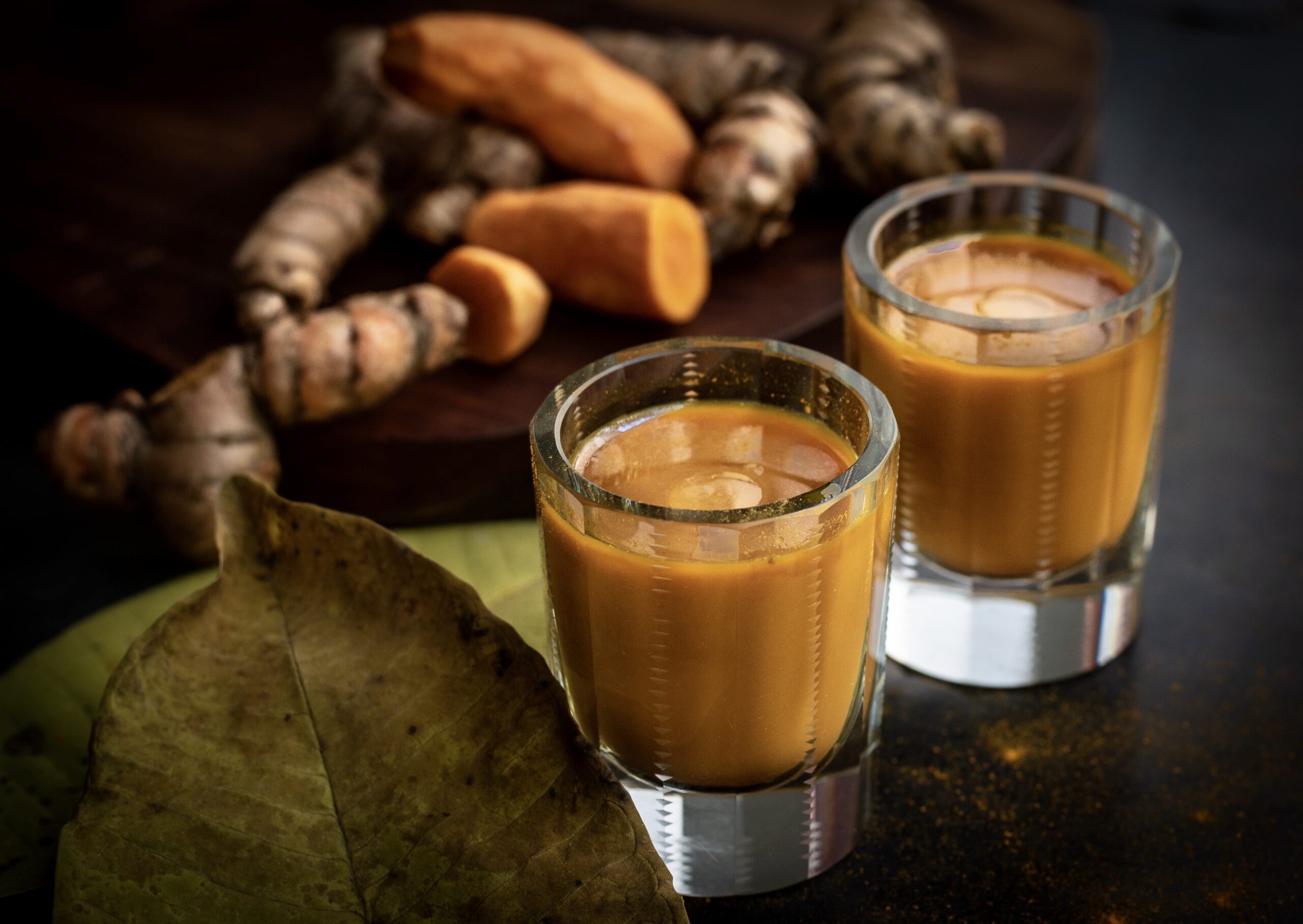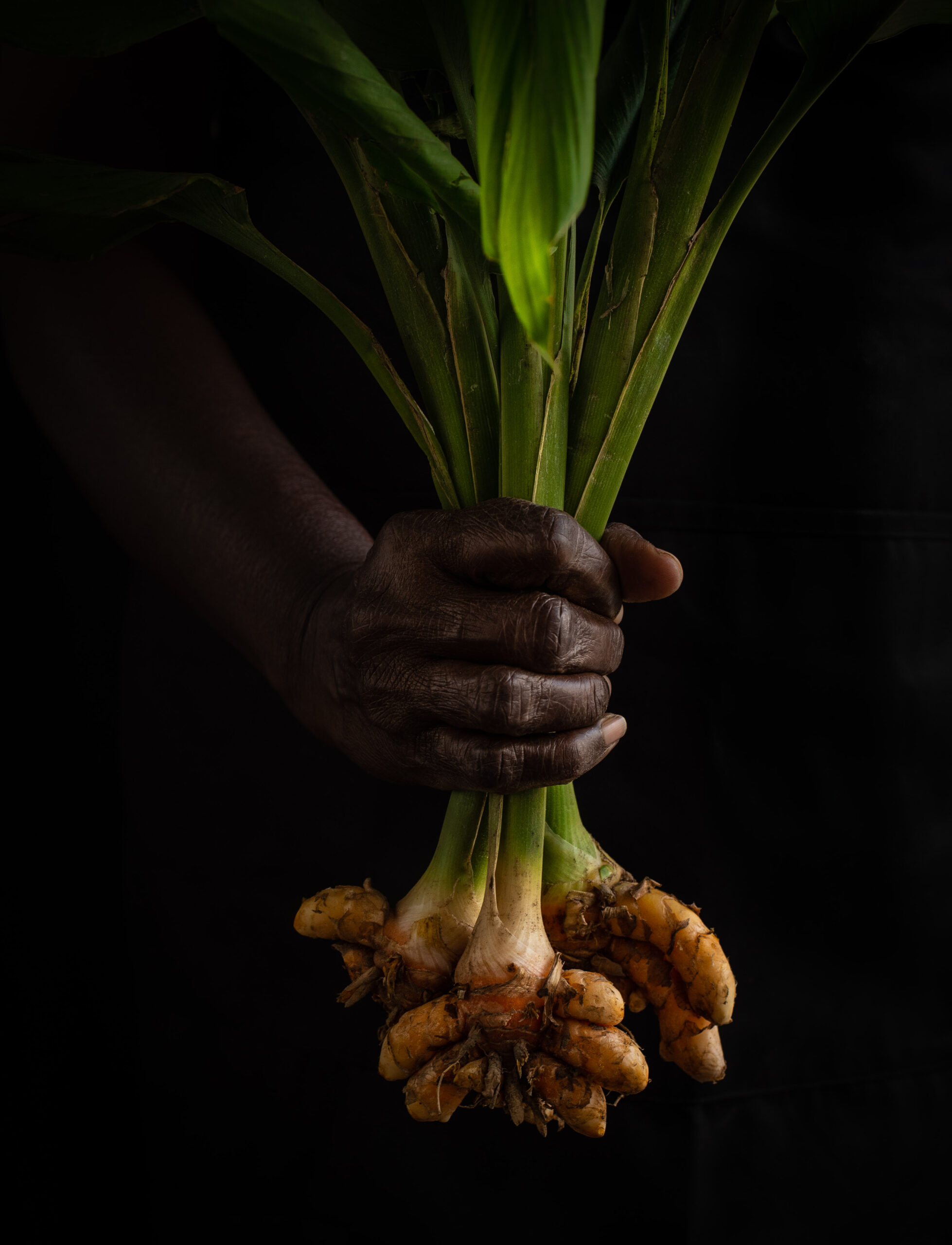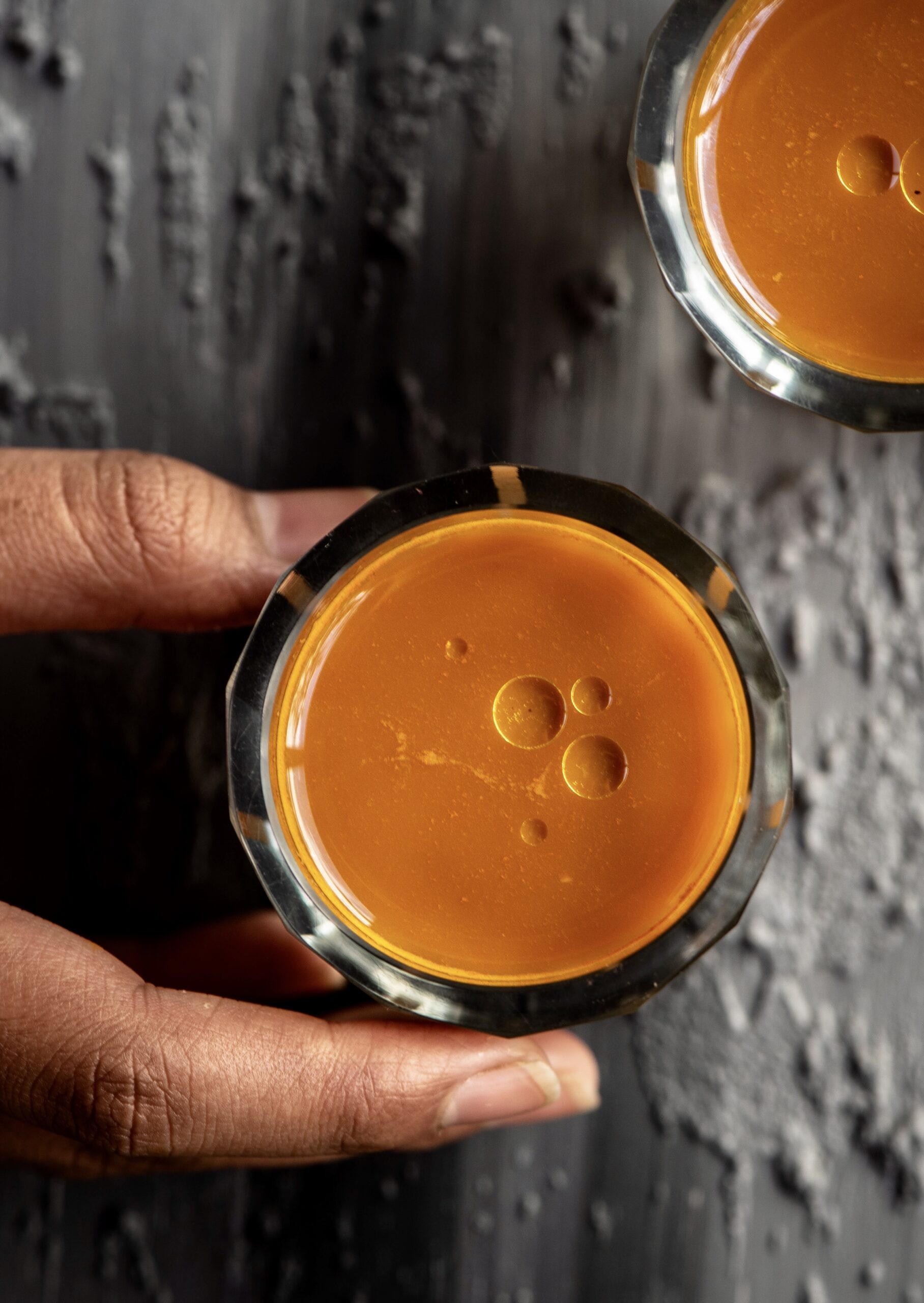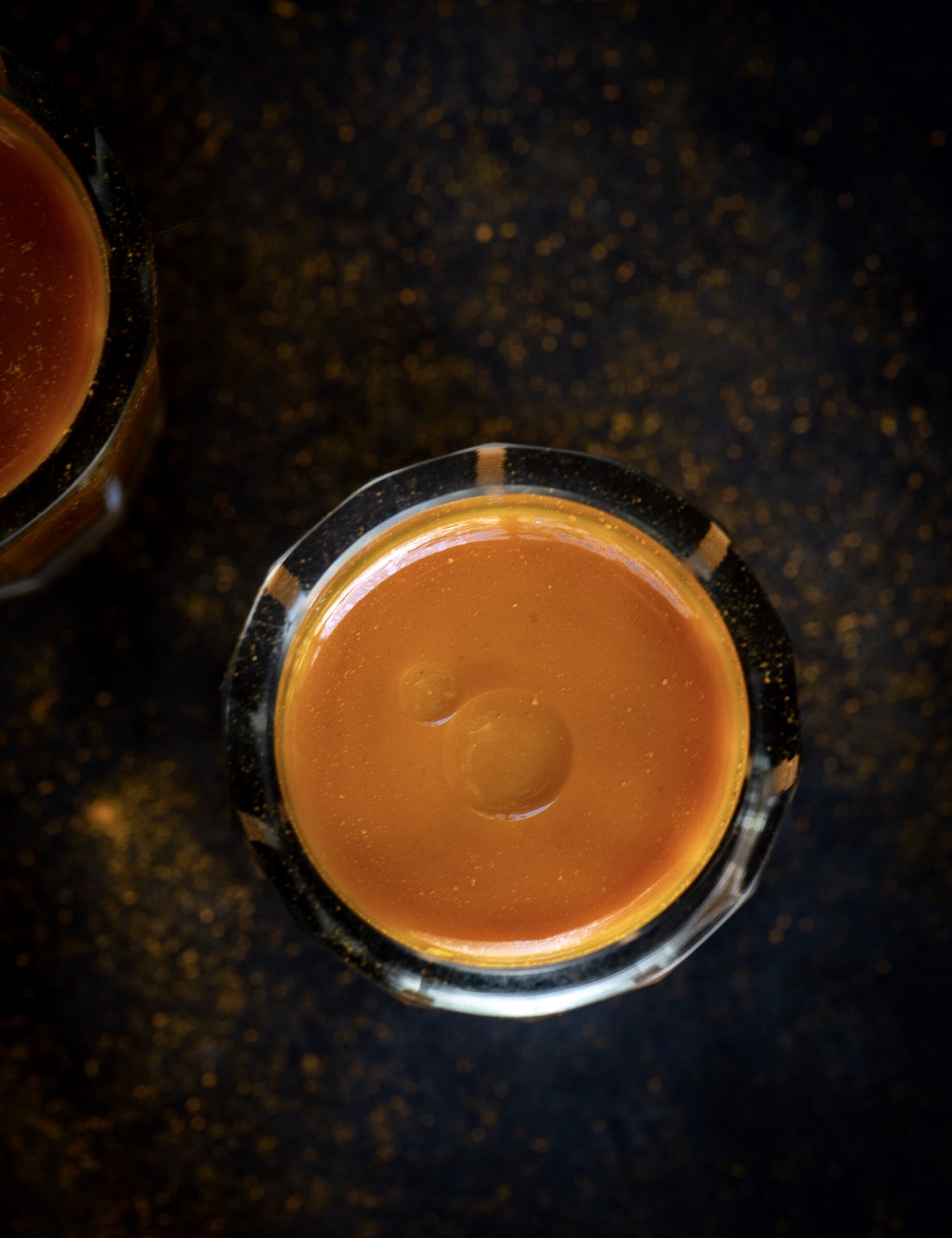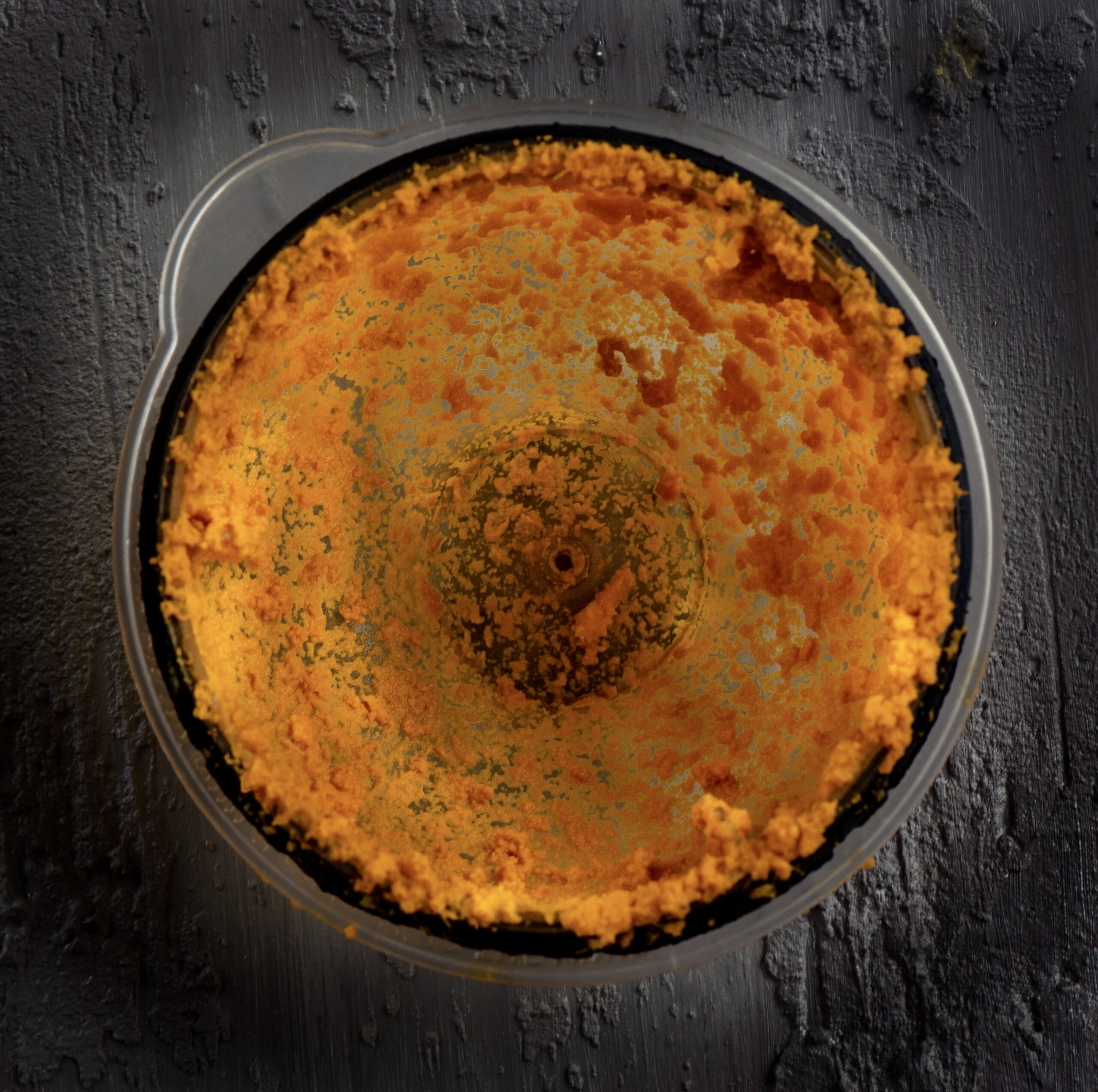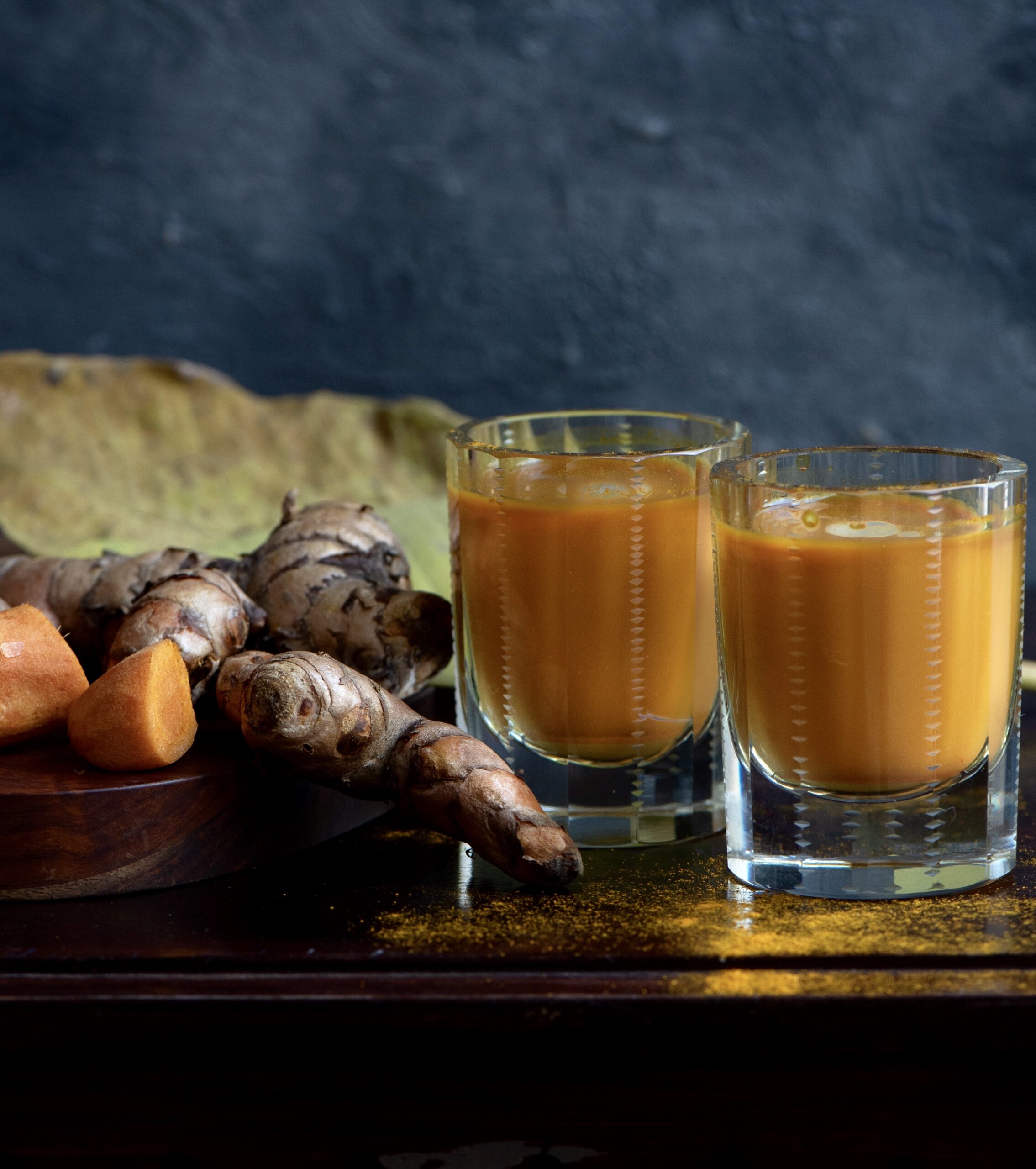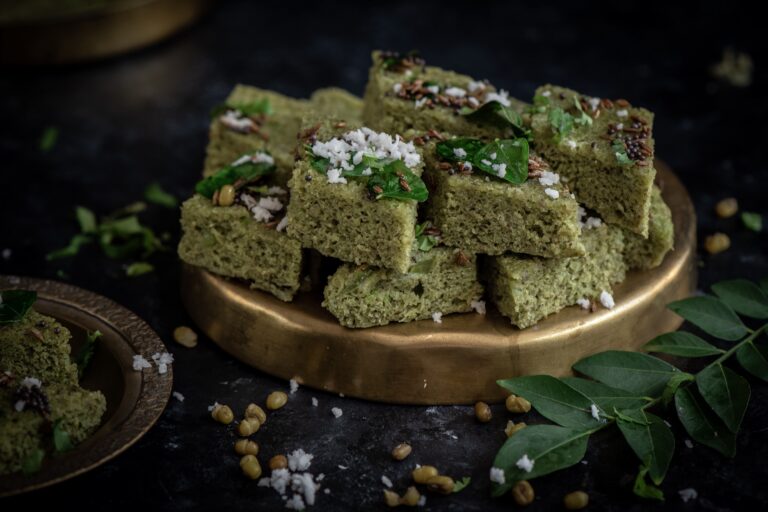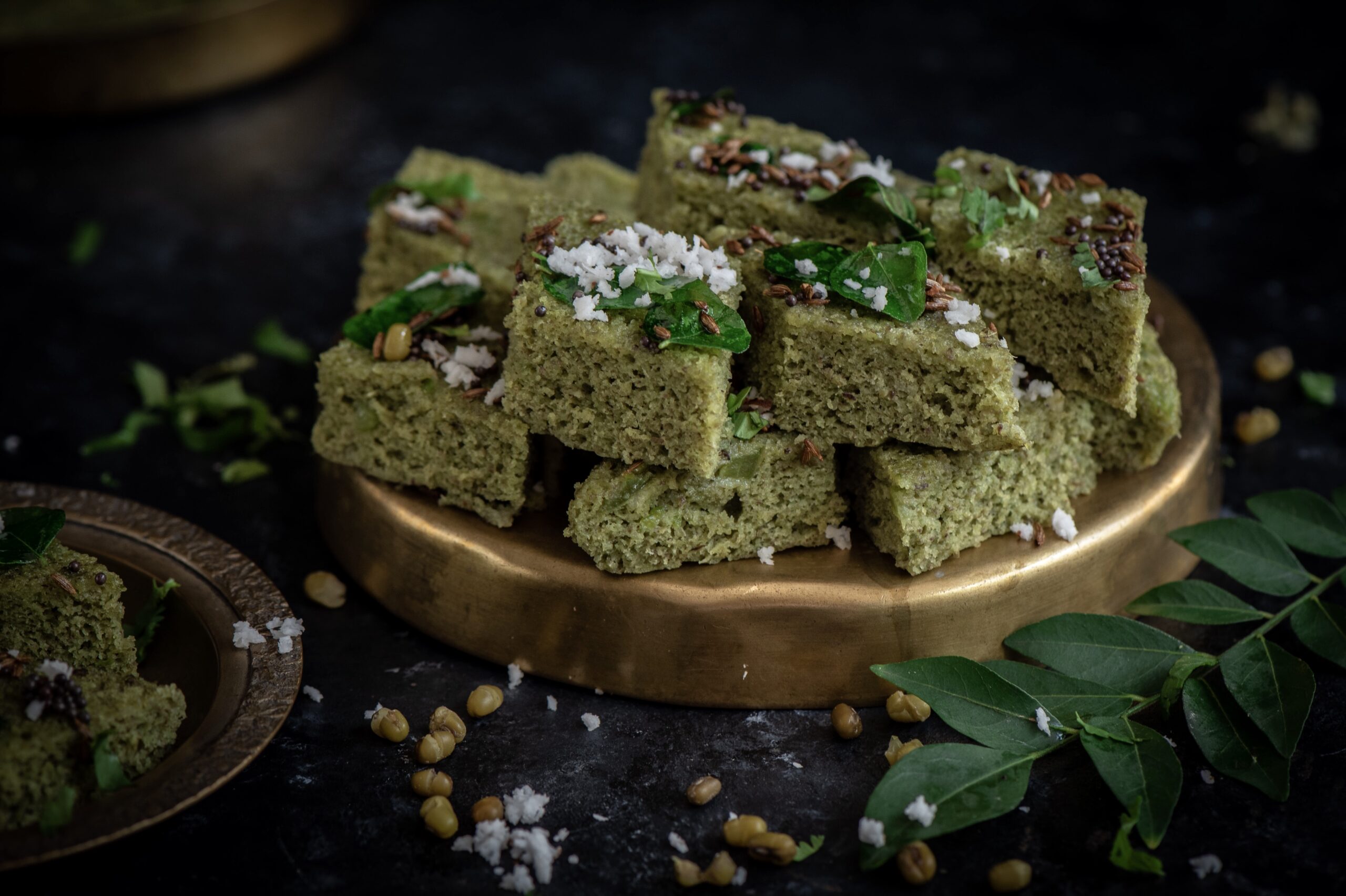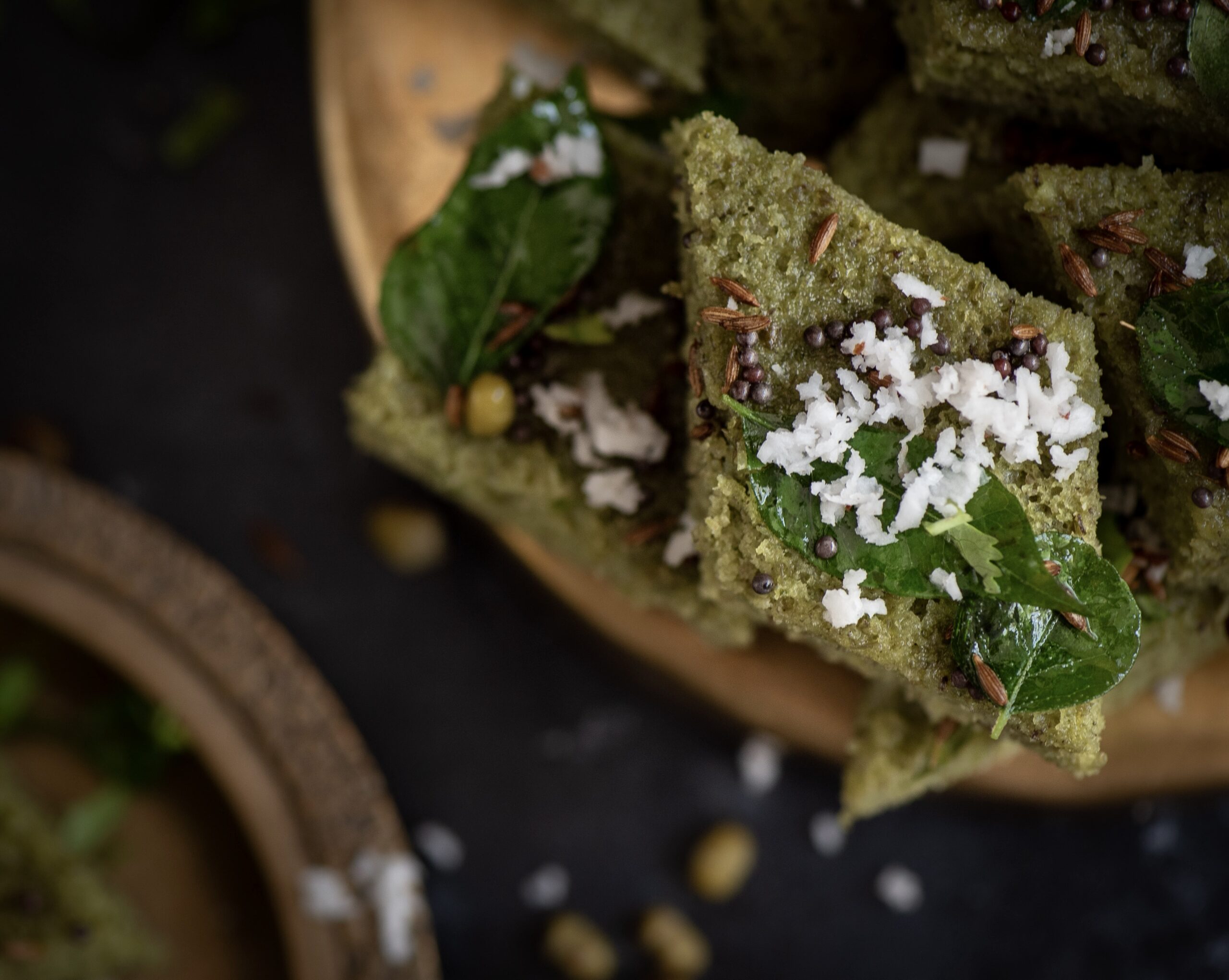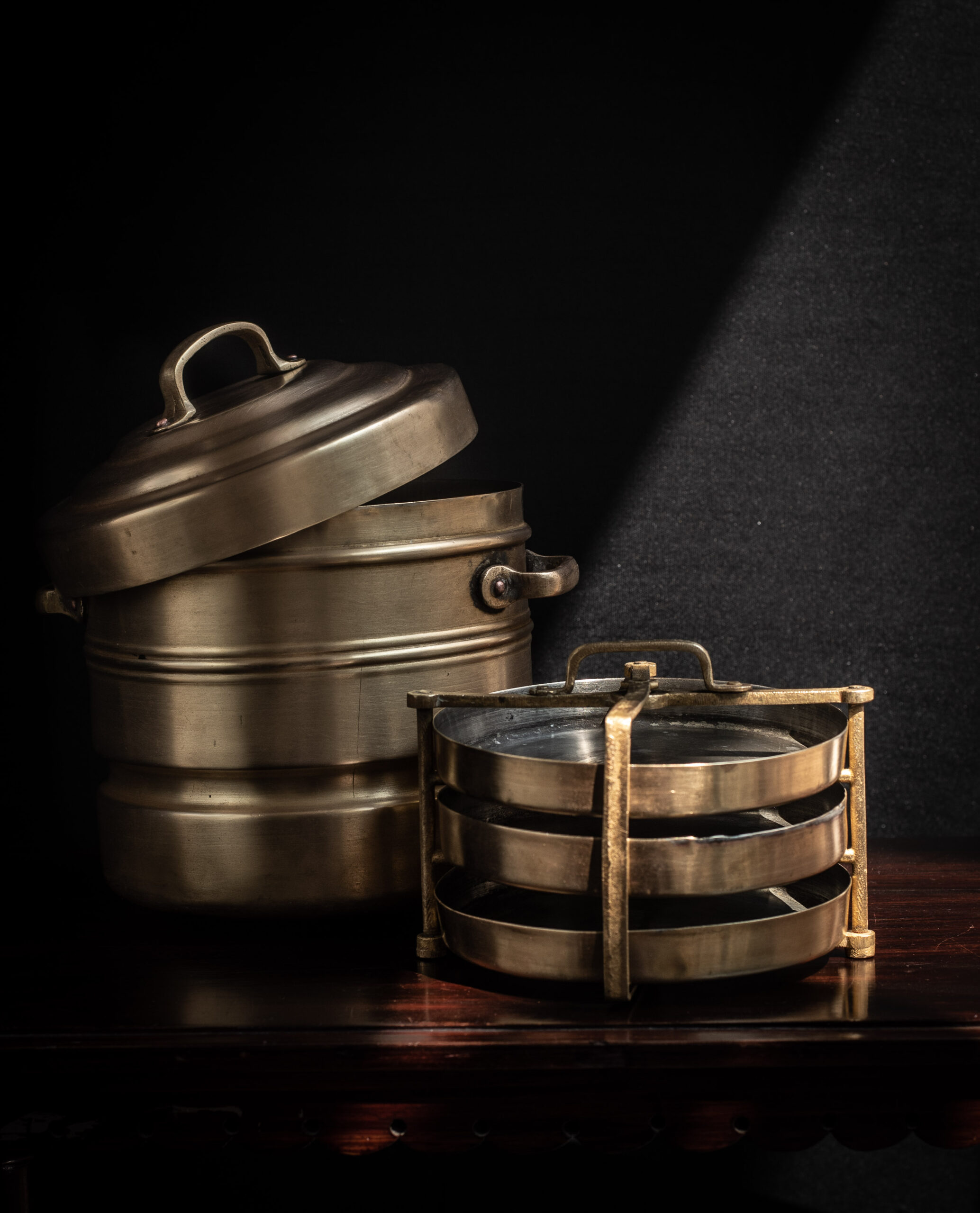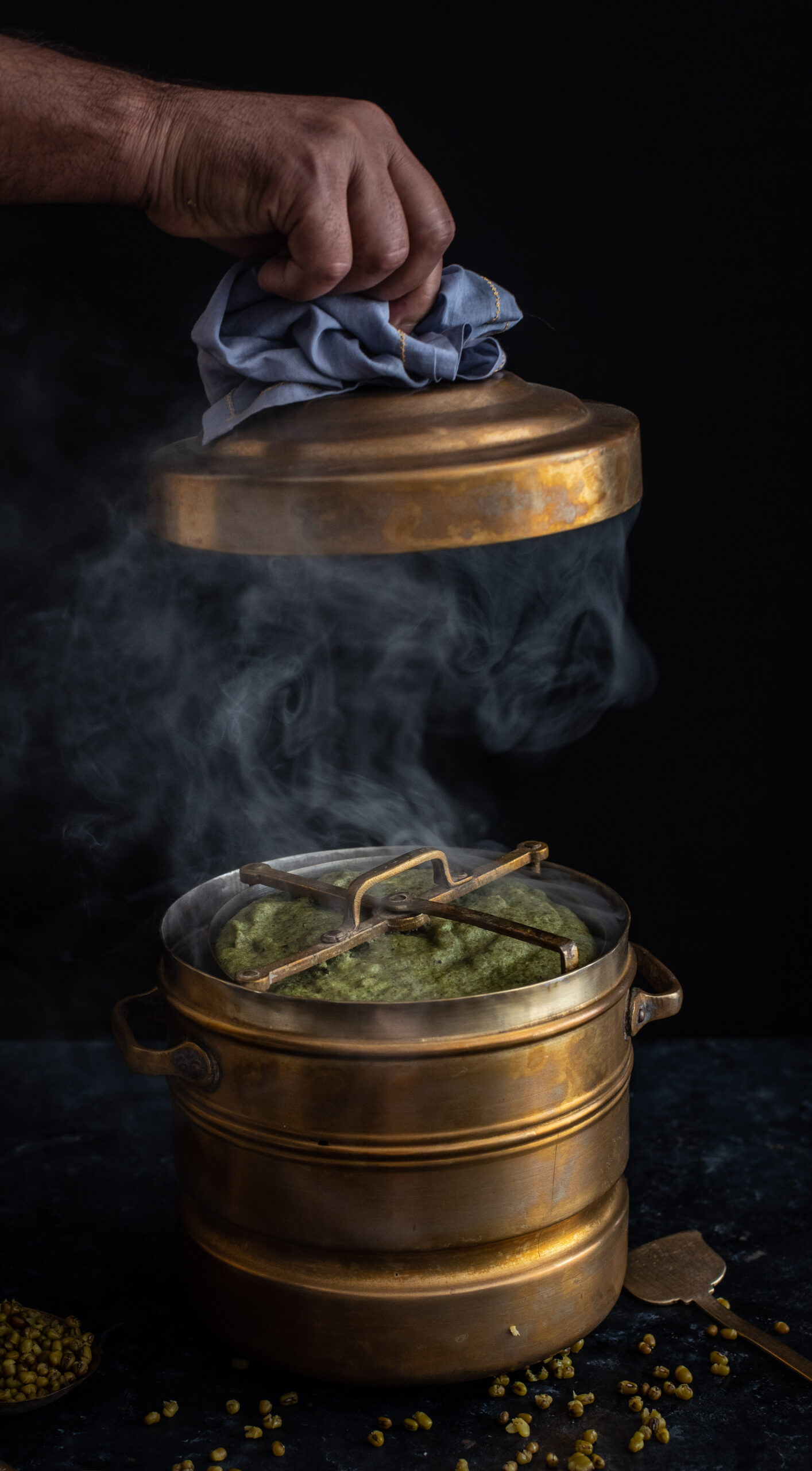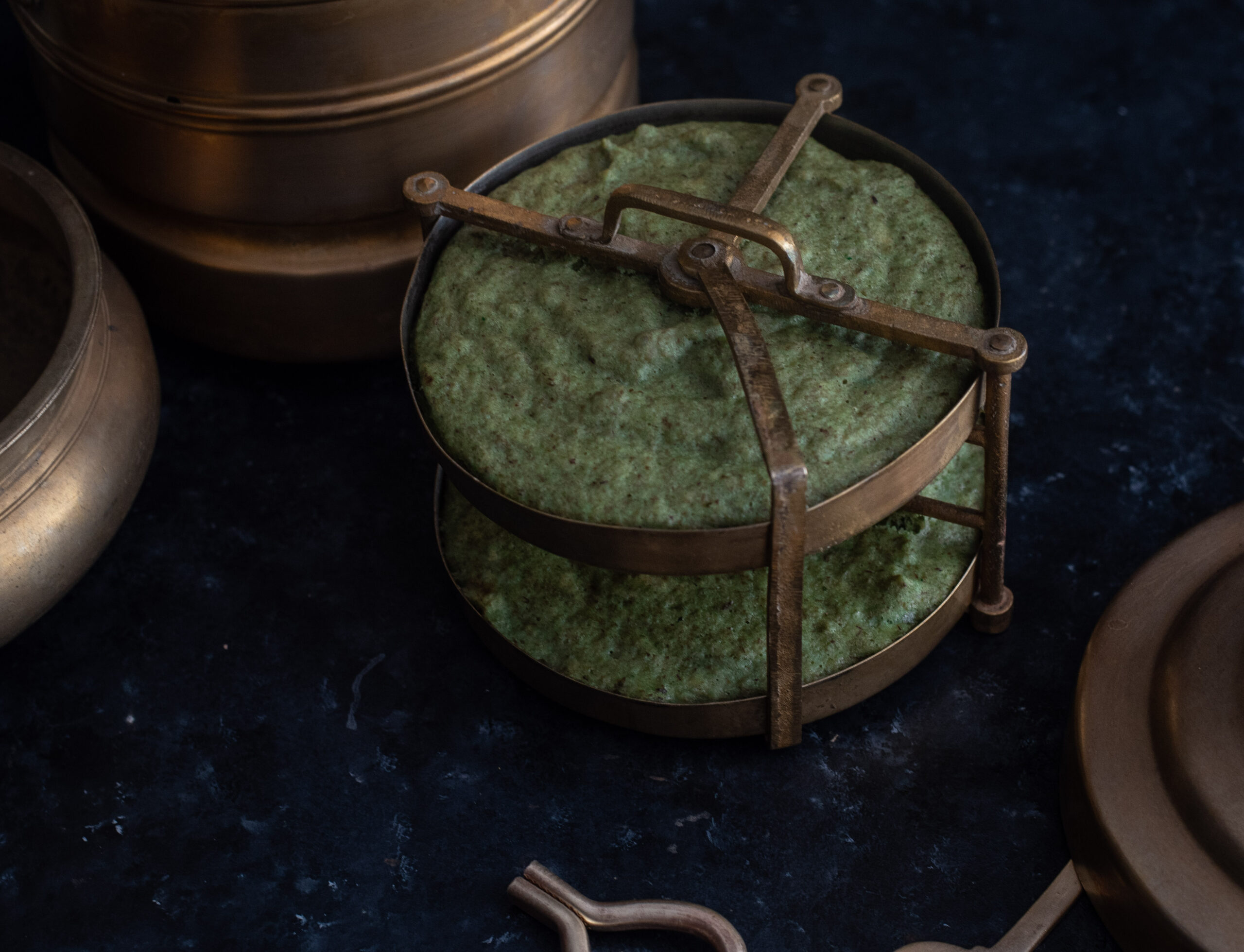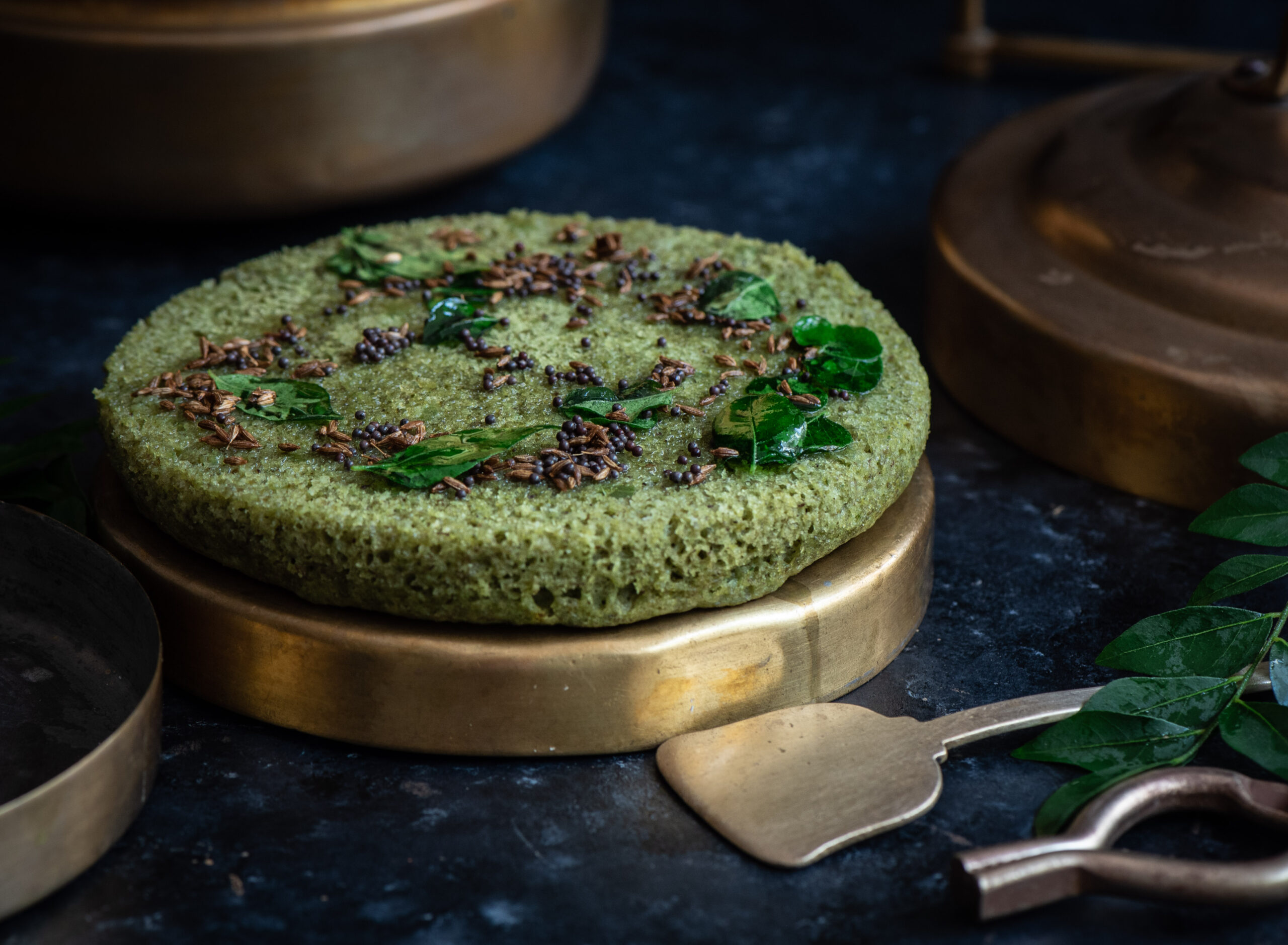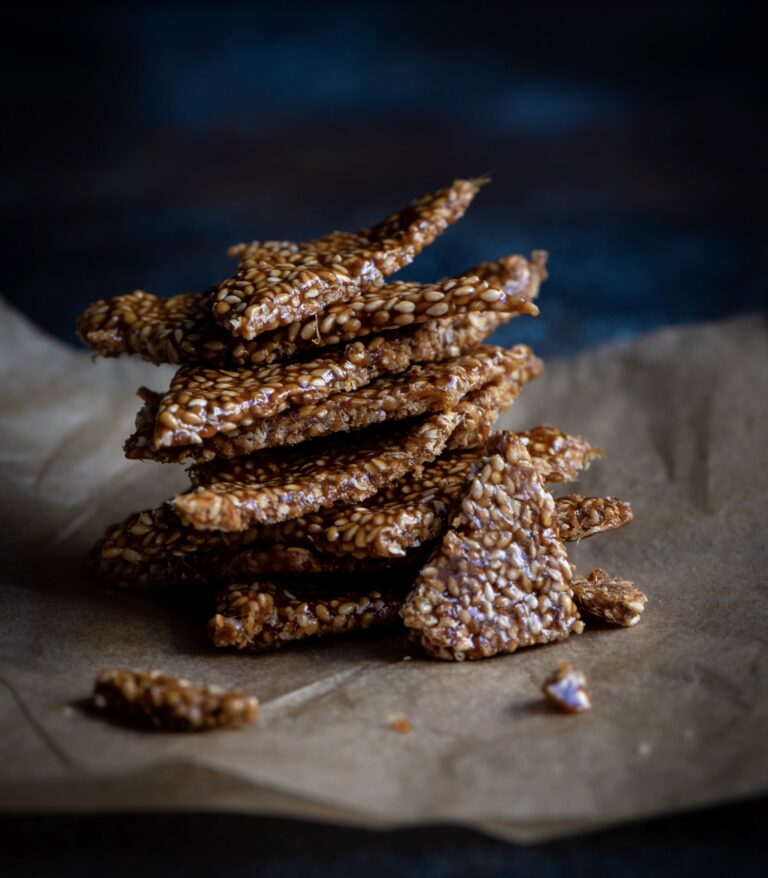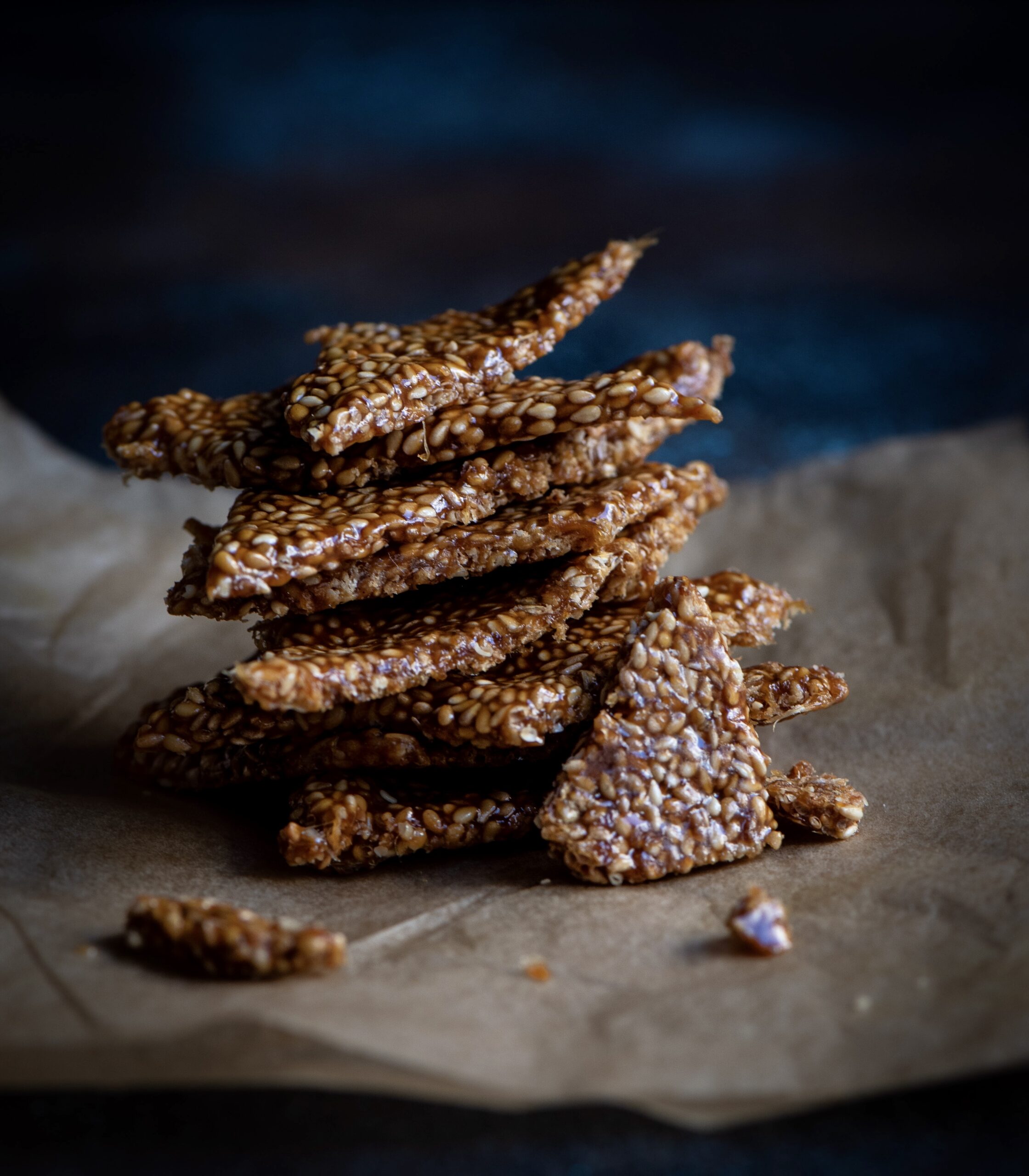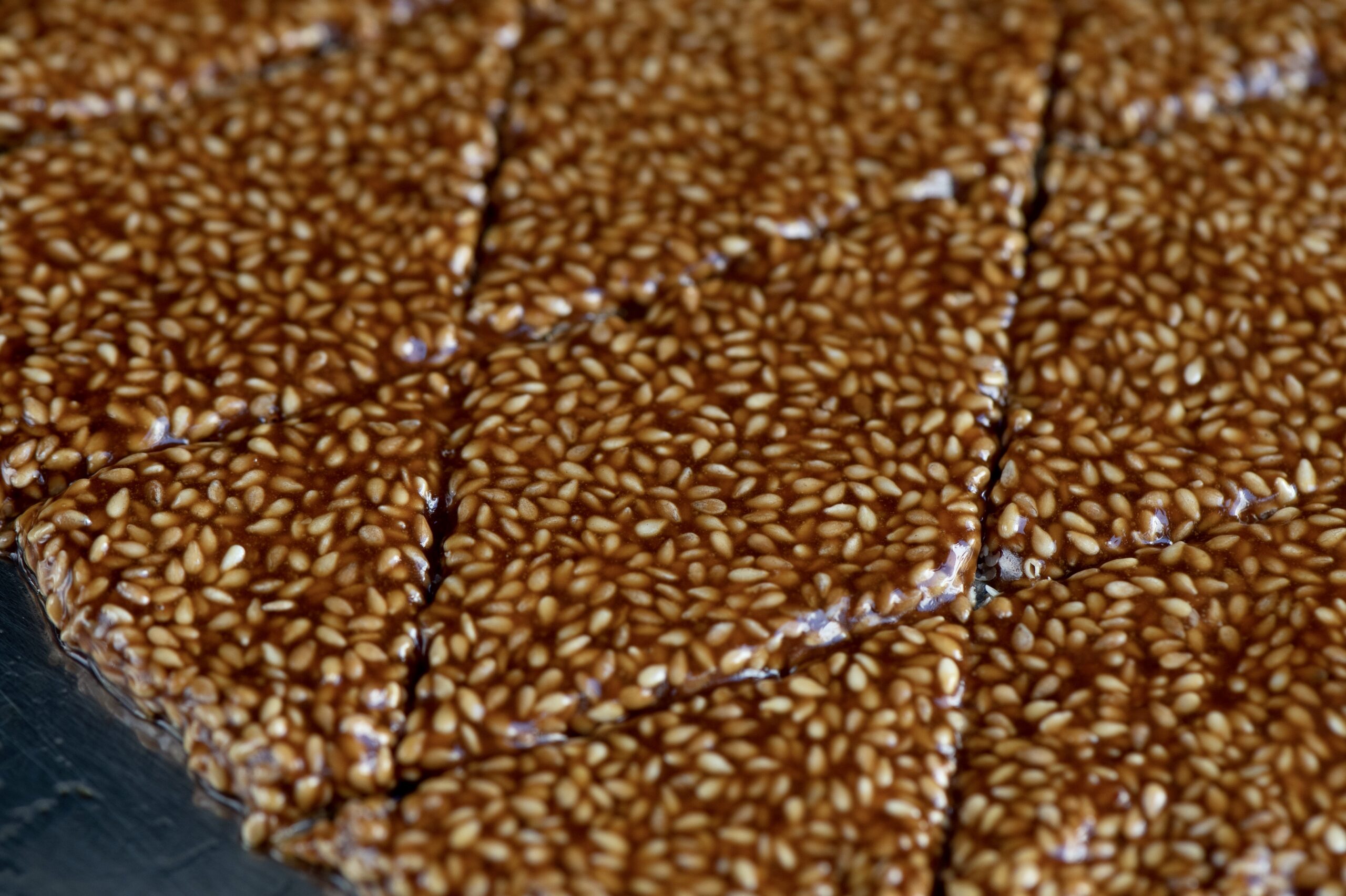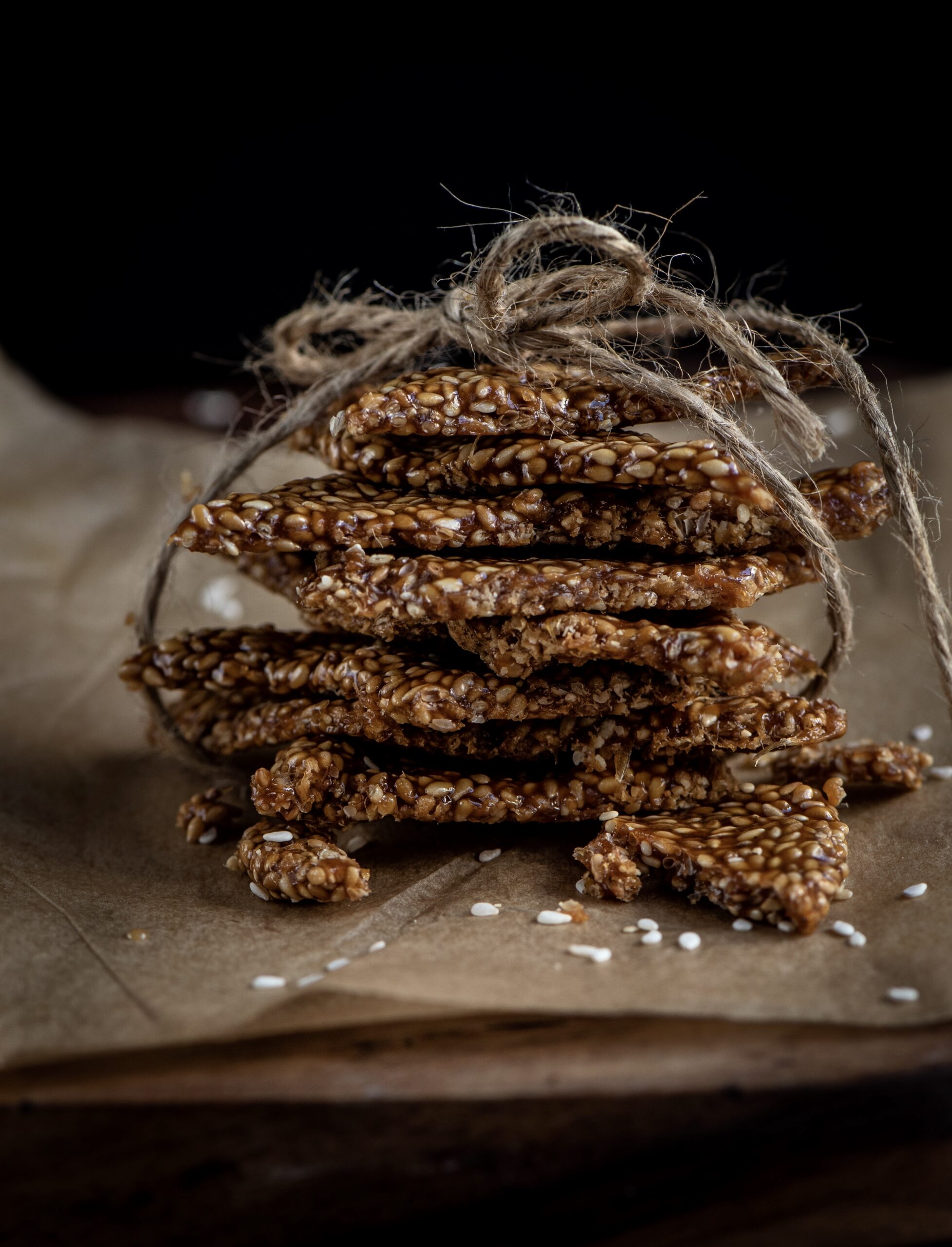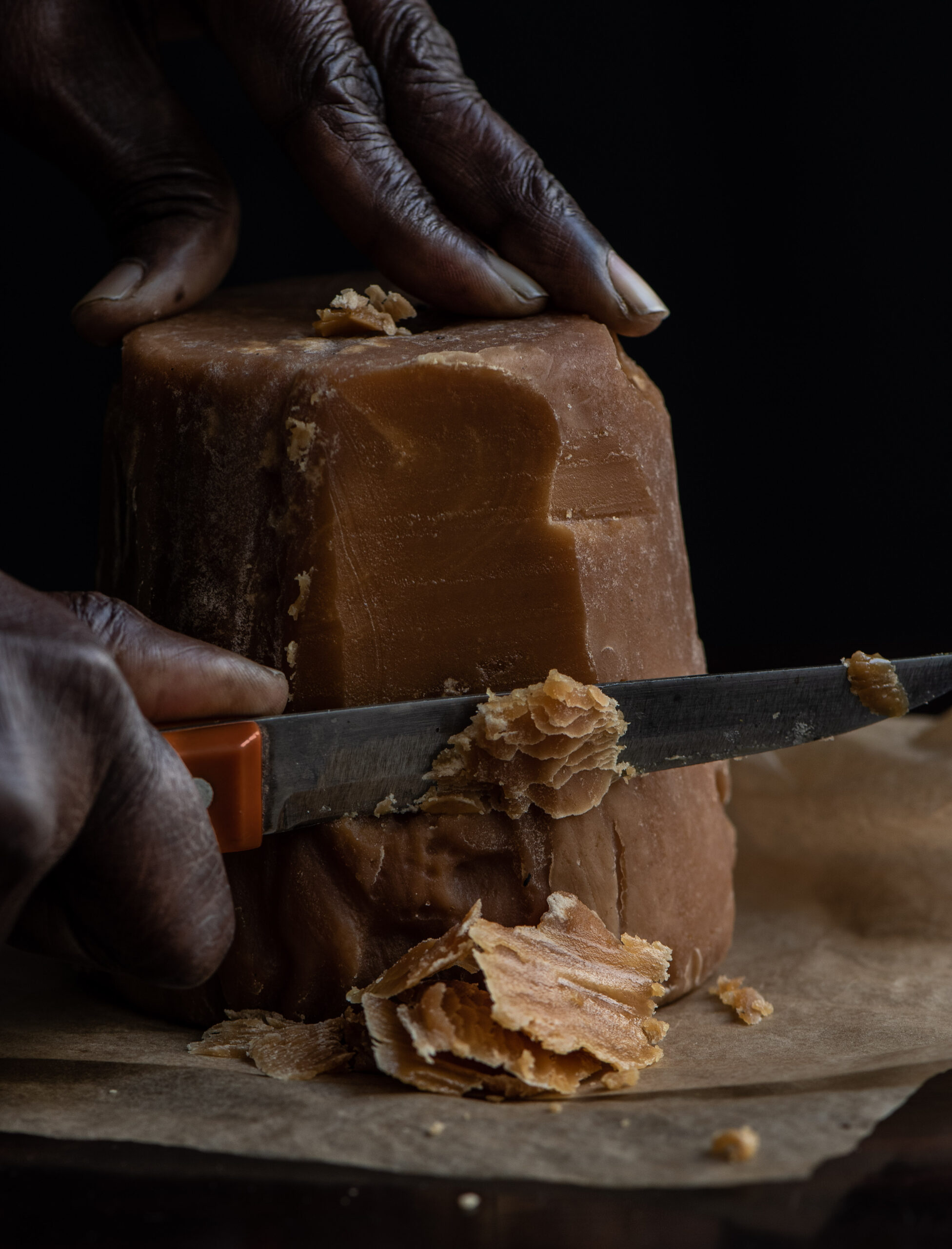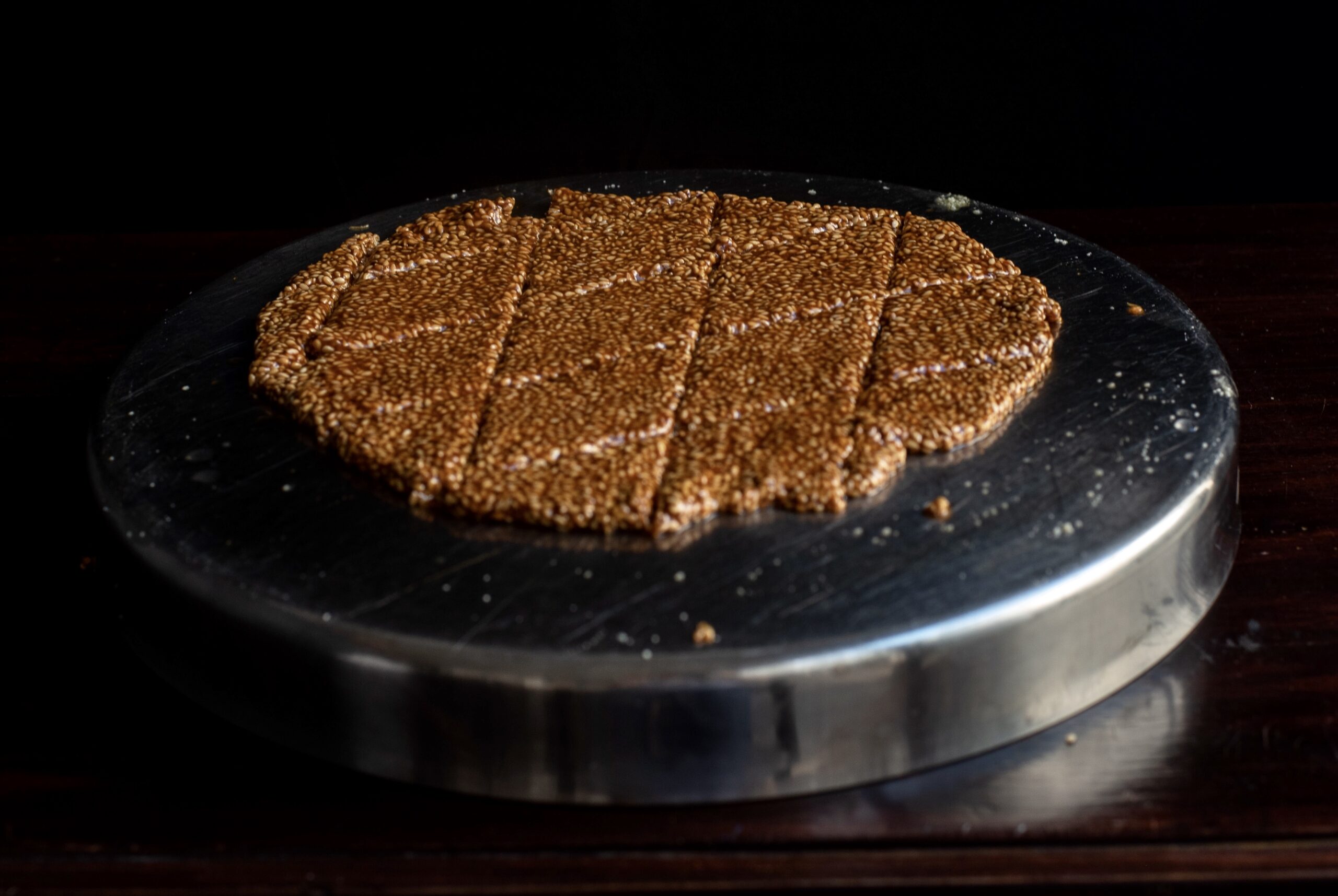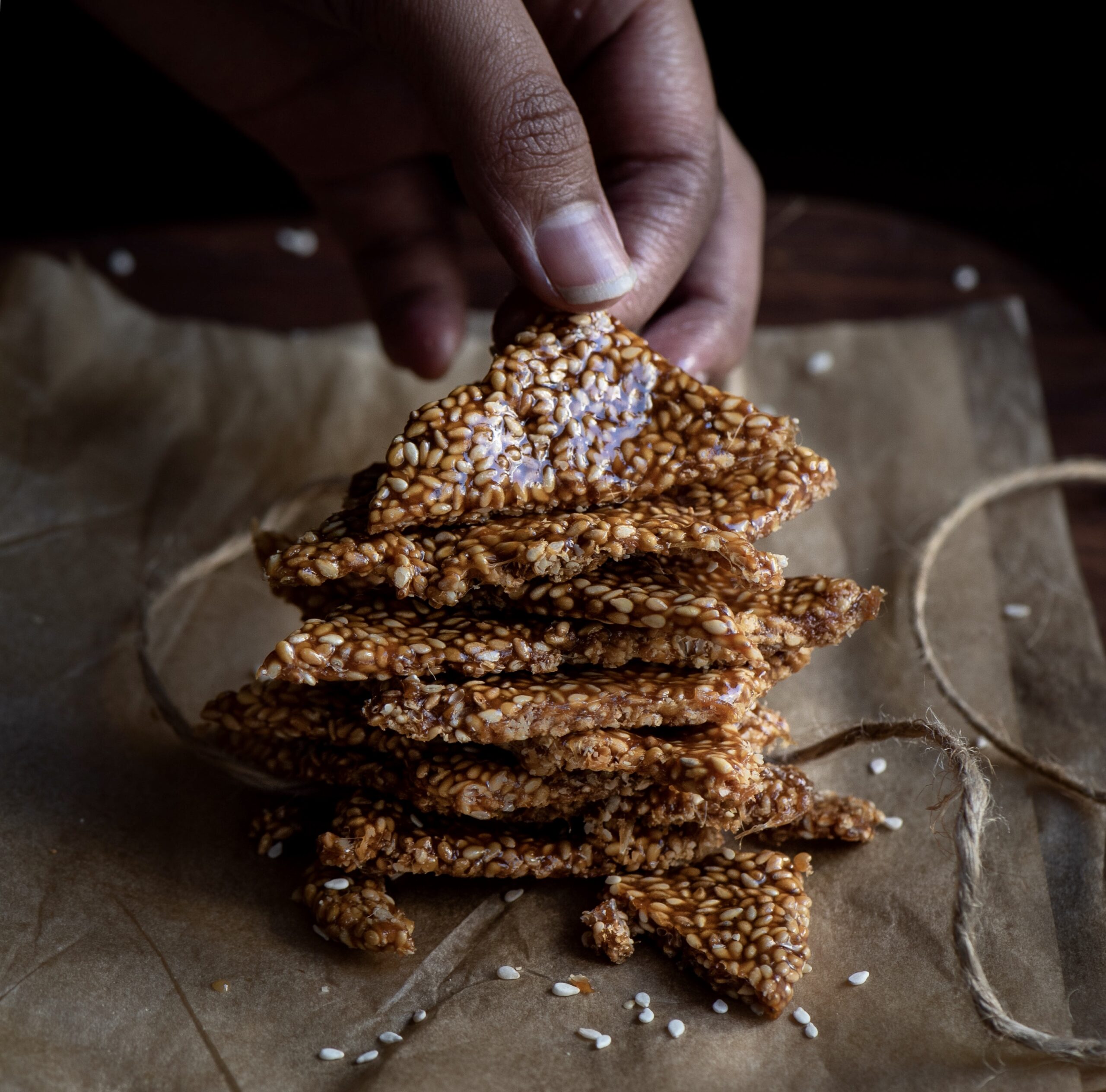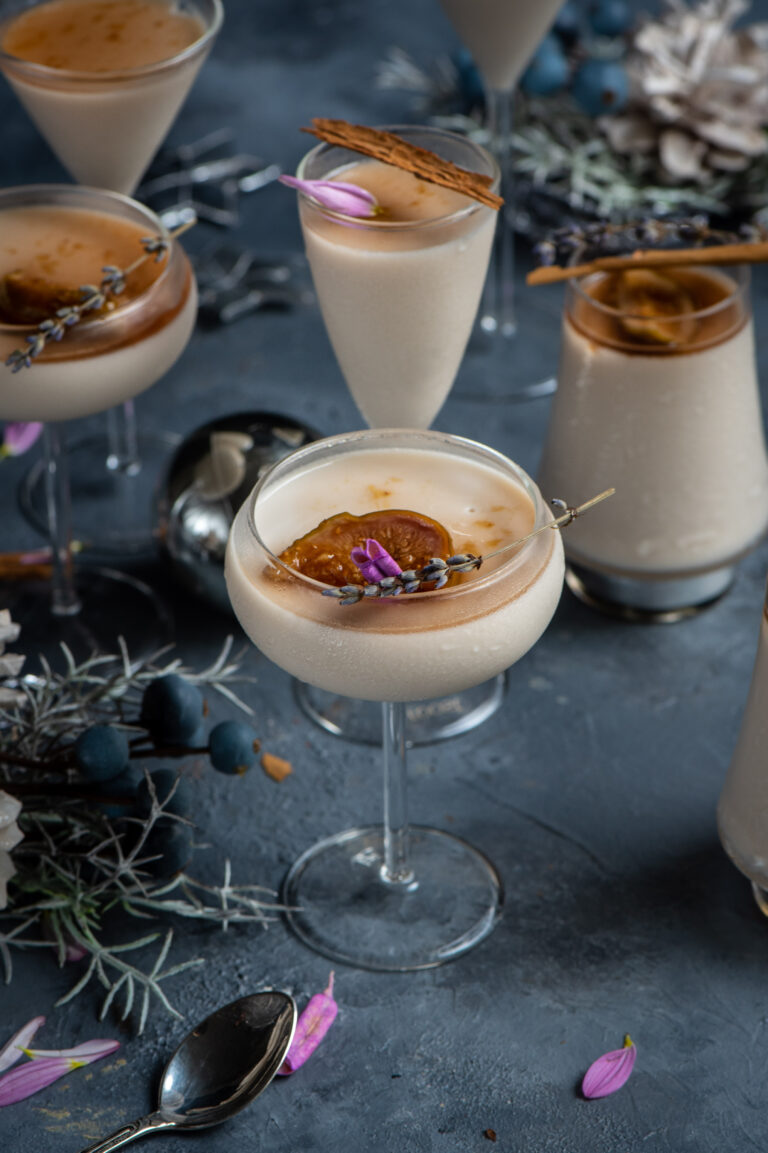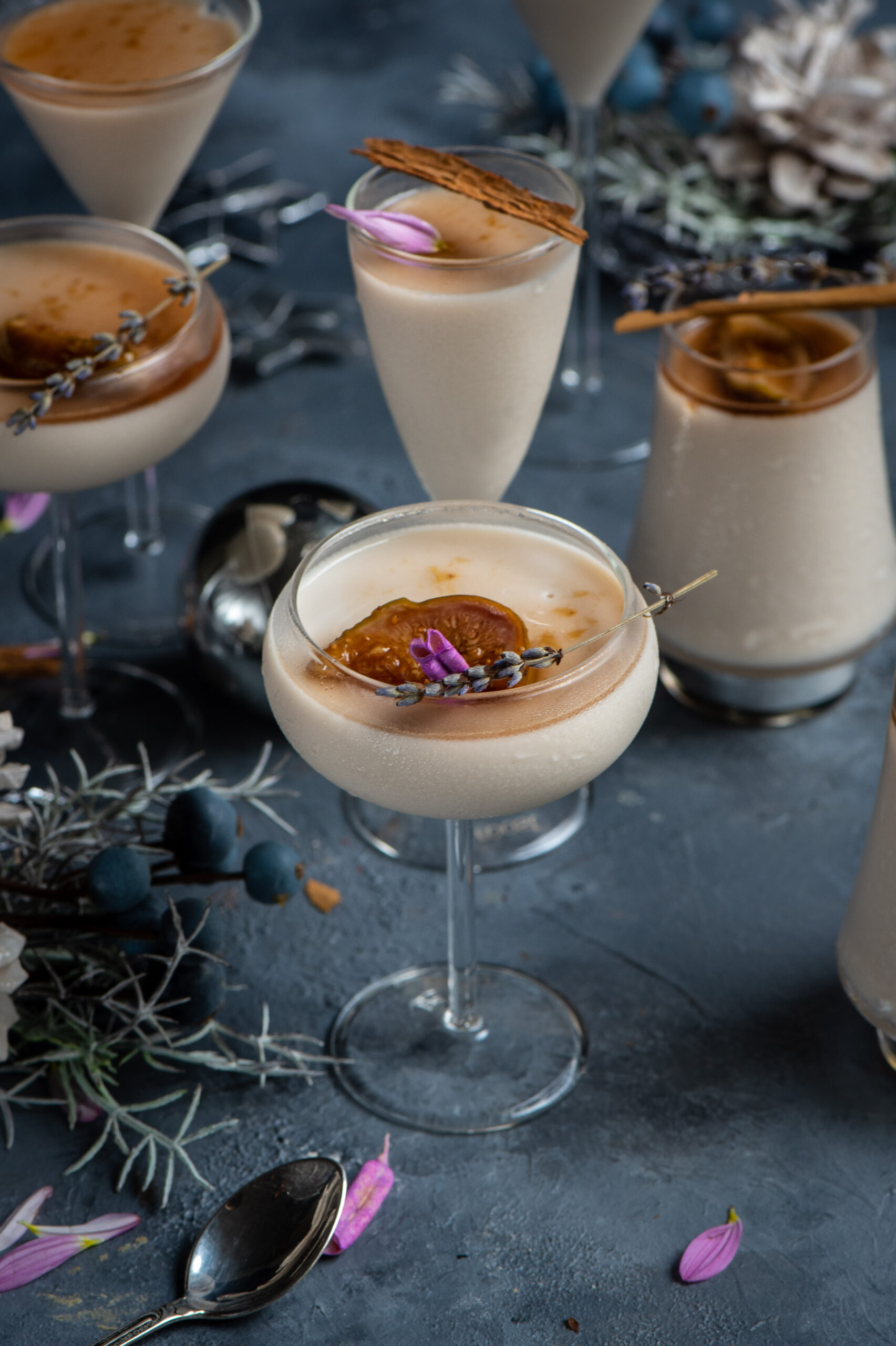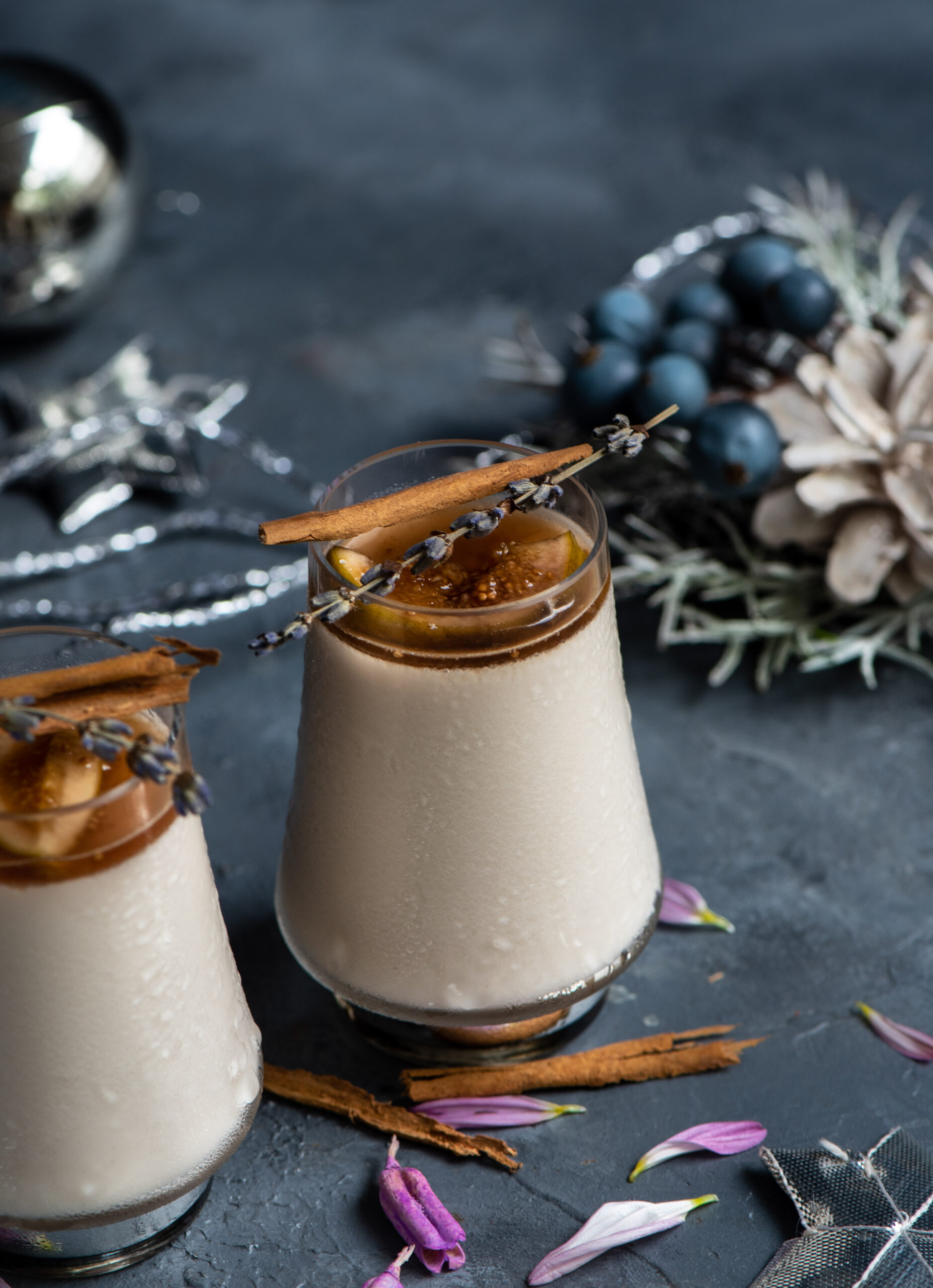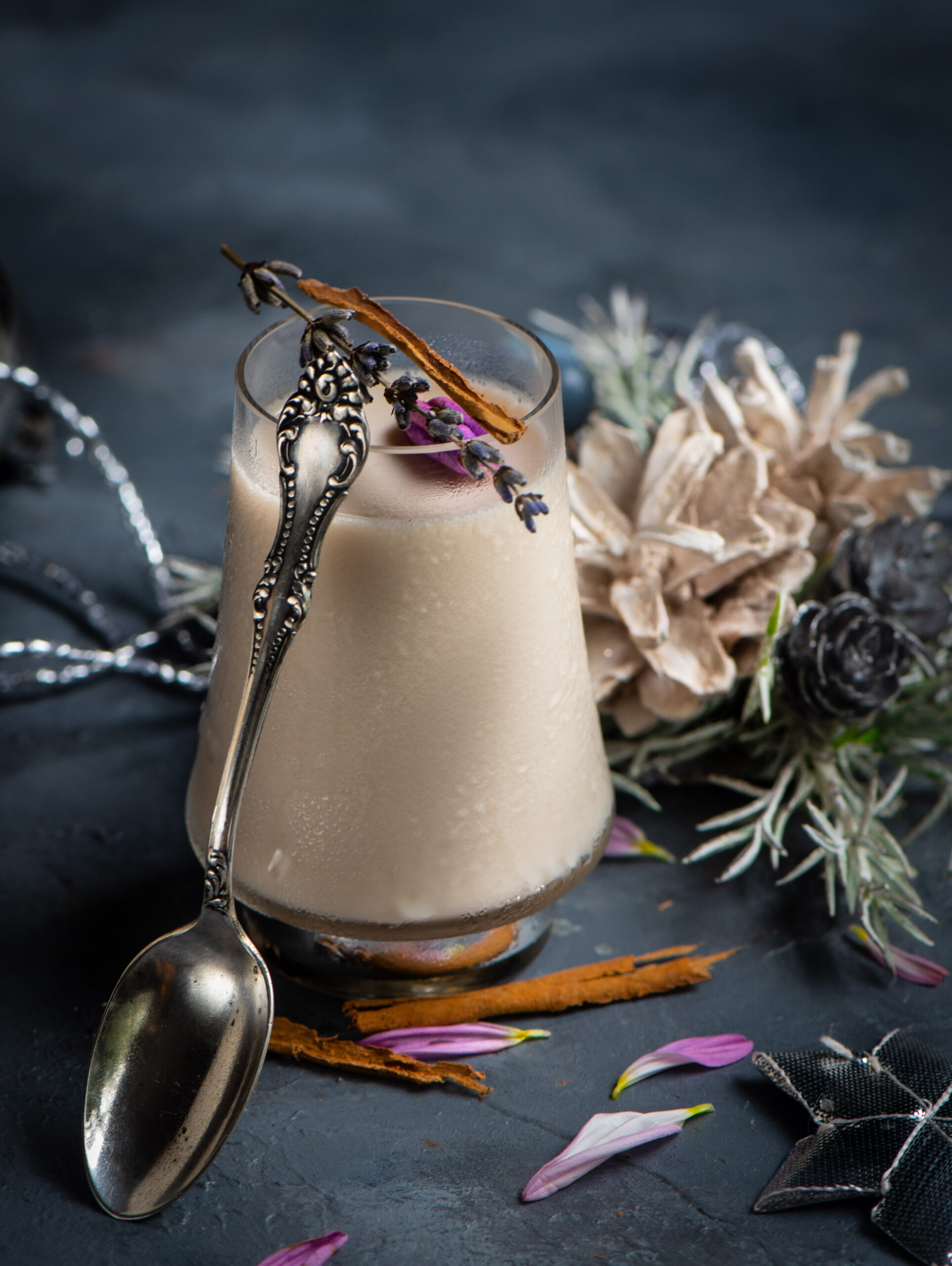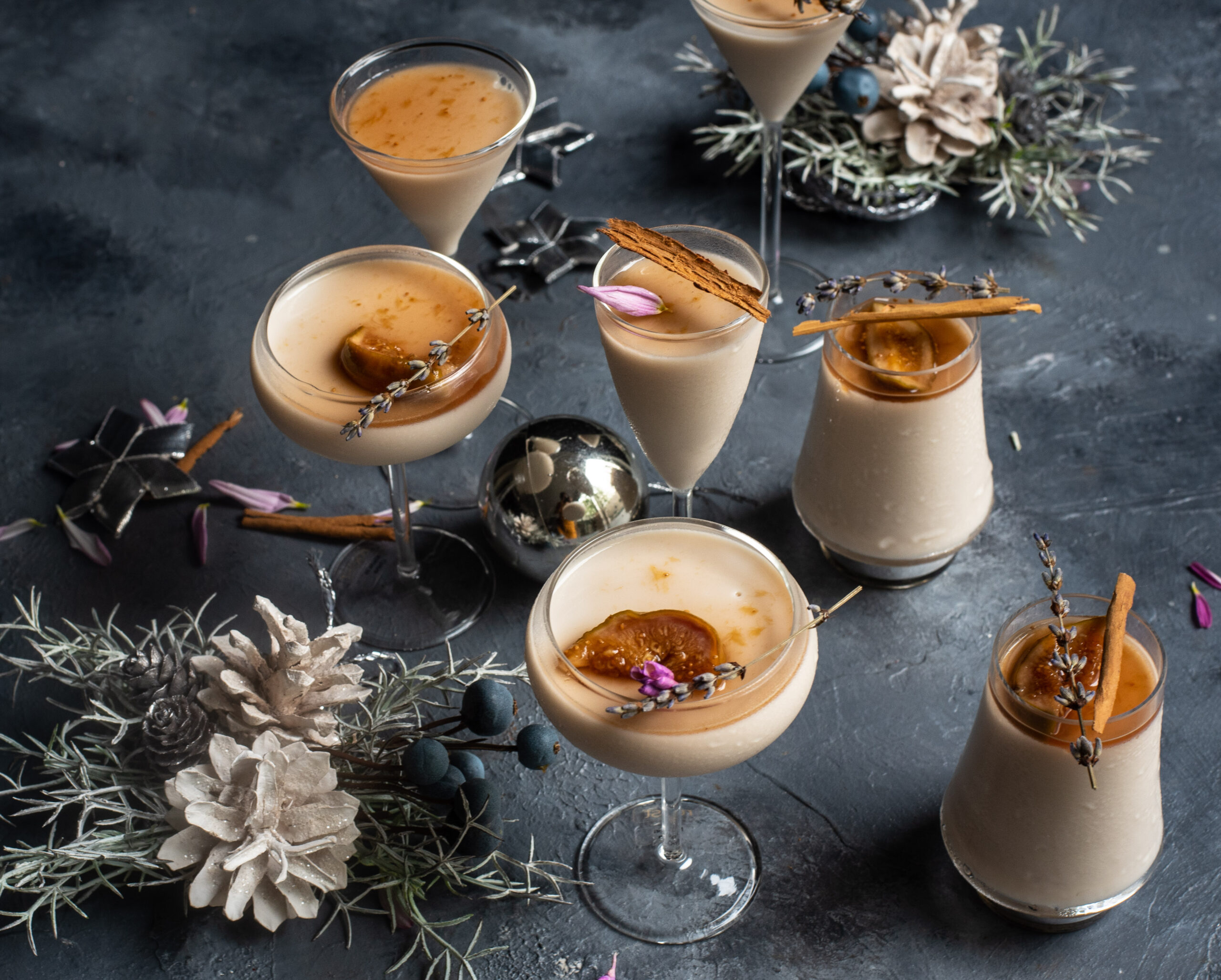Perhaps the combination of the sweltering Chennai summer and the memories evoked by my last post, on travels through Spain, were what made me crave this Andalusian dish. Gazpacho is a kind of cold soup, not soup gone cold but rather soup which has never been heated. Tomato is often the base, but I took the element of cooling a step further and used a fruit that is a staple for us during this time of year: juicy, ripe, sweet watermelon.
Chennai being hot through most of the year, gazpacho is always welcomed in my home. But the summer demands extra cooling, so first I tried my hand at a yoghurt-based soup with mint. But it ended up tasting a bit like raita and was quickly dismissed from my dining table. That’s when the burst of seasonal fruit at Namma Suvai – a place I like both for their honest and open policy of having back end (farmers) and front end operations meet, as well as for their superb organic range – gave me a brainwave. I picked up the watermelons, which grow best in warm climates and provide a much needed hydrating and cooling effect to the body. I had not eaten watermelon gazpacho before, even though I knew it existed, and so was all the more excited to try it.
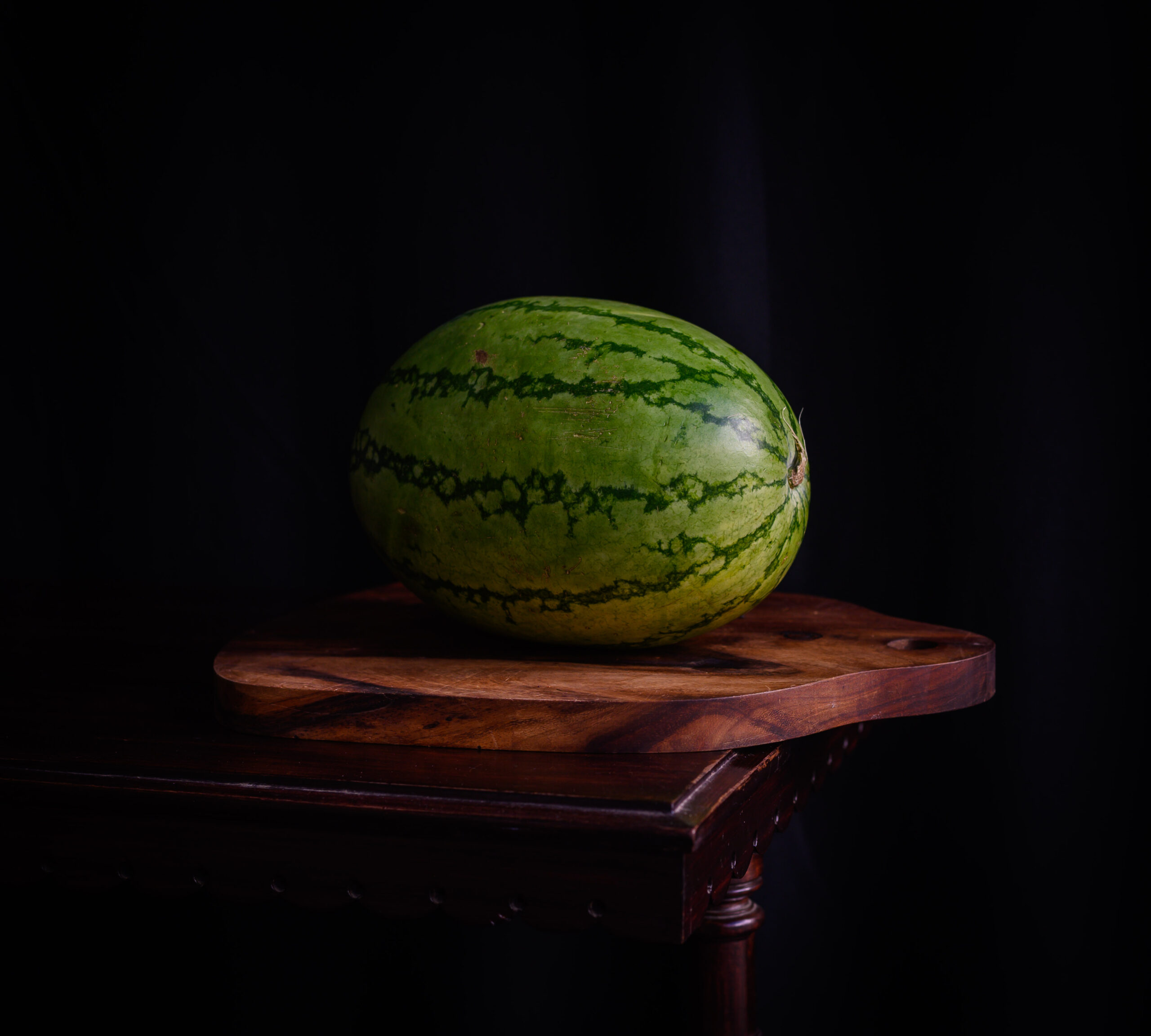
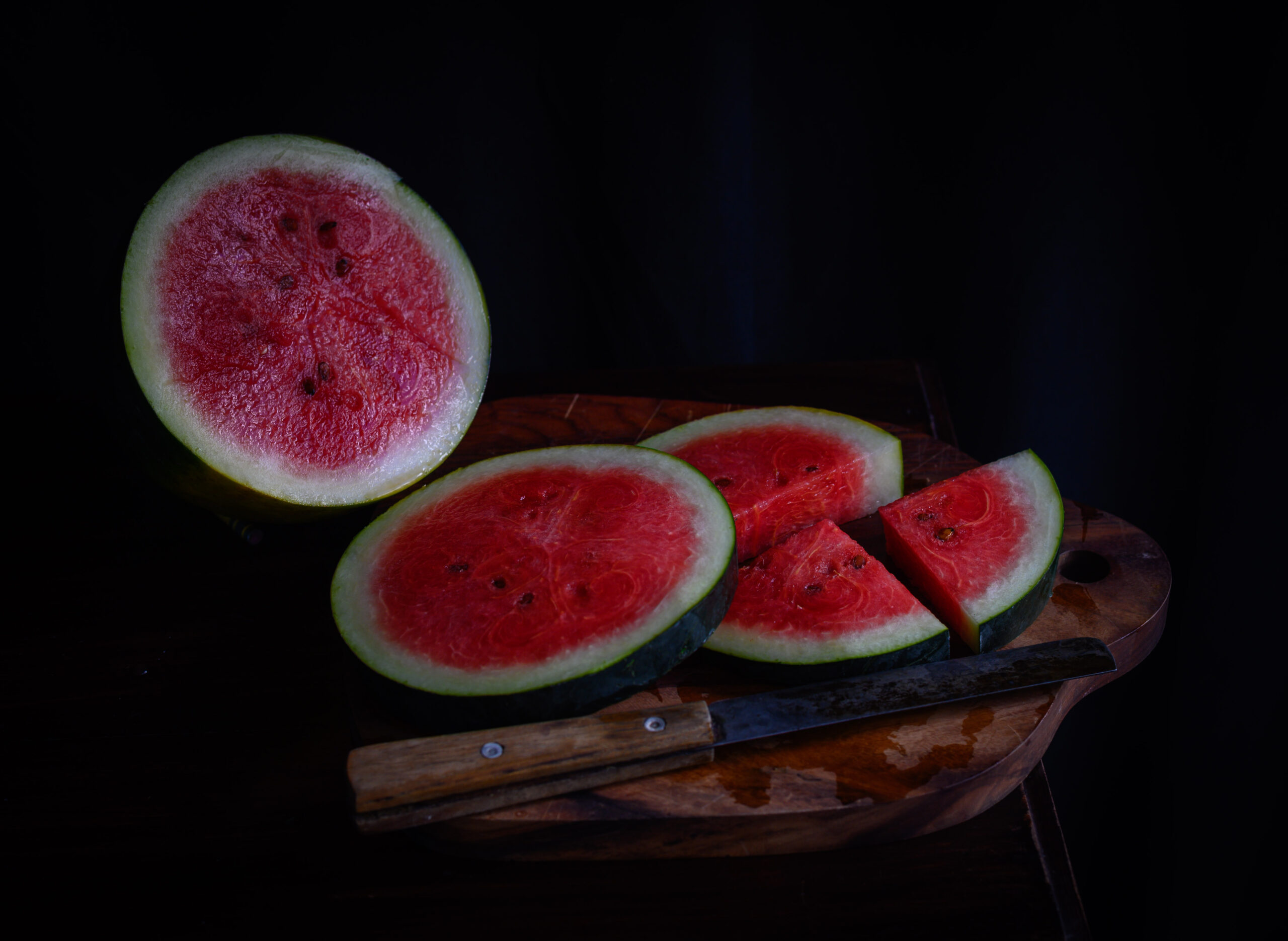
Gazpacho is exceedingly easy to make, just a simple puree, and as I prepared it, I recalled how I used to try to get the kids to eat healthy when they were younger. It’s quite a task, as all moms know, and most of you will be familiar with the technique of disguising (or as the kids say “disgust-ing!”) soups with all kinds of vegetables. I would add locally grown, water-based vegetables like bottle gourd or ridge gourd along with carrots and onions to the basic tomato – all while making sure the red colour of the tomato, the vegetable most popular to their palate, remained. Needless to say, I’d feed it to them quickly, before they noticed their red soup was full of green goodness! As they grew older, they caught on to the trick and refused to eat soup unless it was made to their taste and preferred proportions. Sometimes, they would eat it just to please me, but then say “Ma, did you think we didn’t know?” Fortunately, their tastes became refined once they saw their own friends beginning to enjoy soups socially. Of course, no matter what age the kids are, a parent is still a parent, and those of us who are parents never stop trying to ensure that they are eating well.
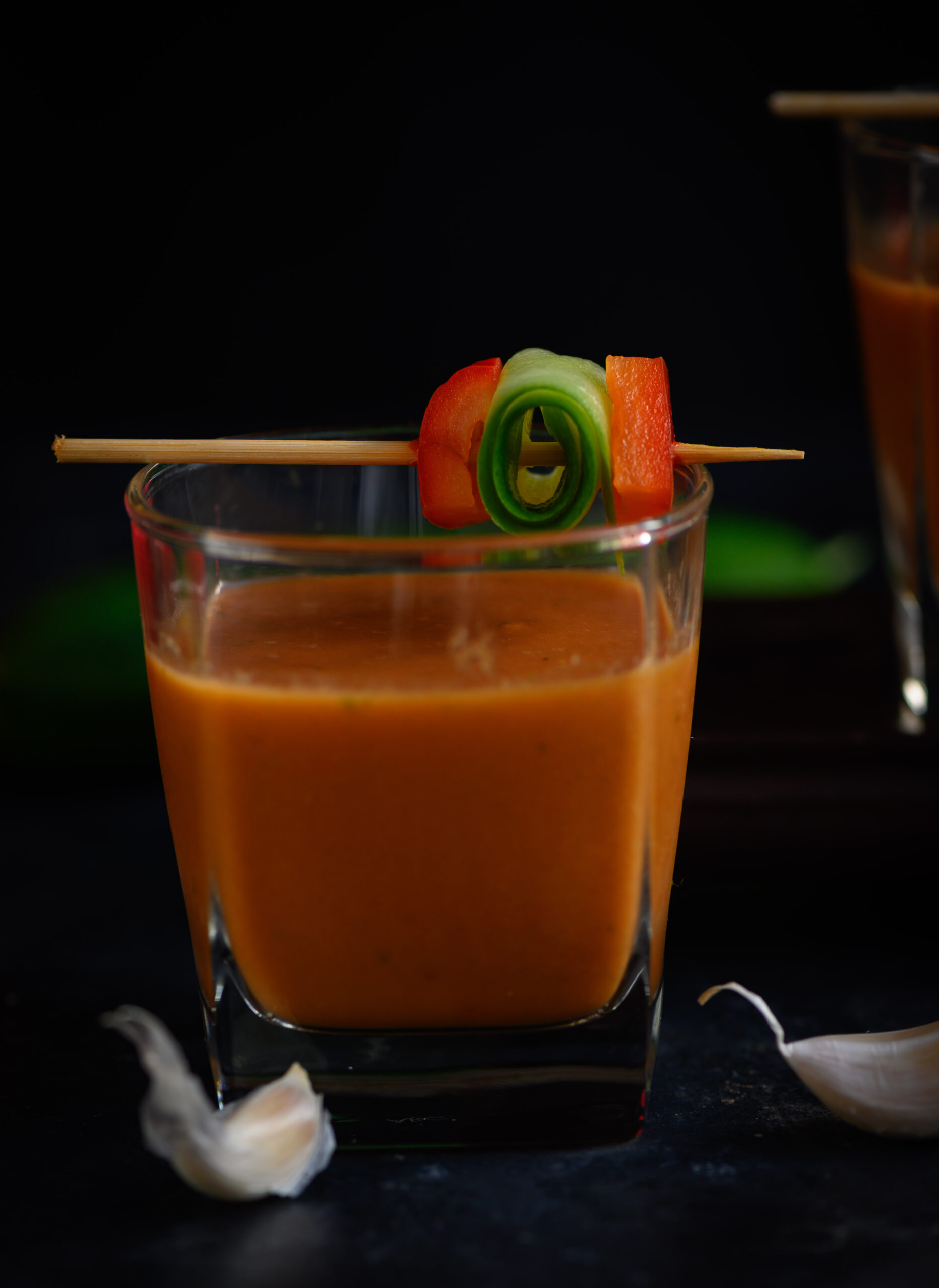
Even though I no longer needed to disguise this soup so it looked like tomato, maybe a little of that old desire to make my dishes as attractive for my kids as possible was still in me, so I wanted this gazpacho to be not just tasty but also vibrant both visually and on the tastebuds. So I added garlic, some colourful bell peppers and a hint of tomato to it. Raw chopped mango brought some tangy Indian-ness too, and a hint of chaat masala added familiar spice. The garnishing was meant to catch the eye, and so it did. Not only did the kids reach for it, but we had a surprise guest for dinner, and she thoroughly enjoyed my watermelon gazpacho along with my homemade sourdough.

As those of you who have followed my Instagram Stories for a while know, sourdough was something I worked at every day, entirely convinced I would eventually get the hang of it, and I did. It’s a very long and cumbersome process, but one every baker should experiment with. Sourdough is a way to make bread without yeast, allowing the natural bacteria to ferment in the air. I now make it so often that I have so much bread that I end up making accompaniments to it instead of the other way round.
One such accompaniment, of course, is this bright and flavour-rich watermelon gazpacho, which brings together sweetness, spice and some much-needed summer cooling.
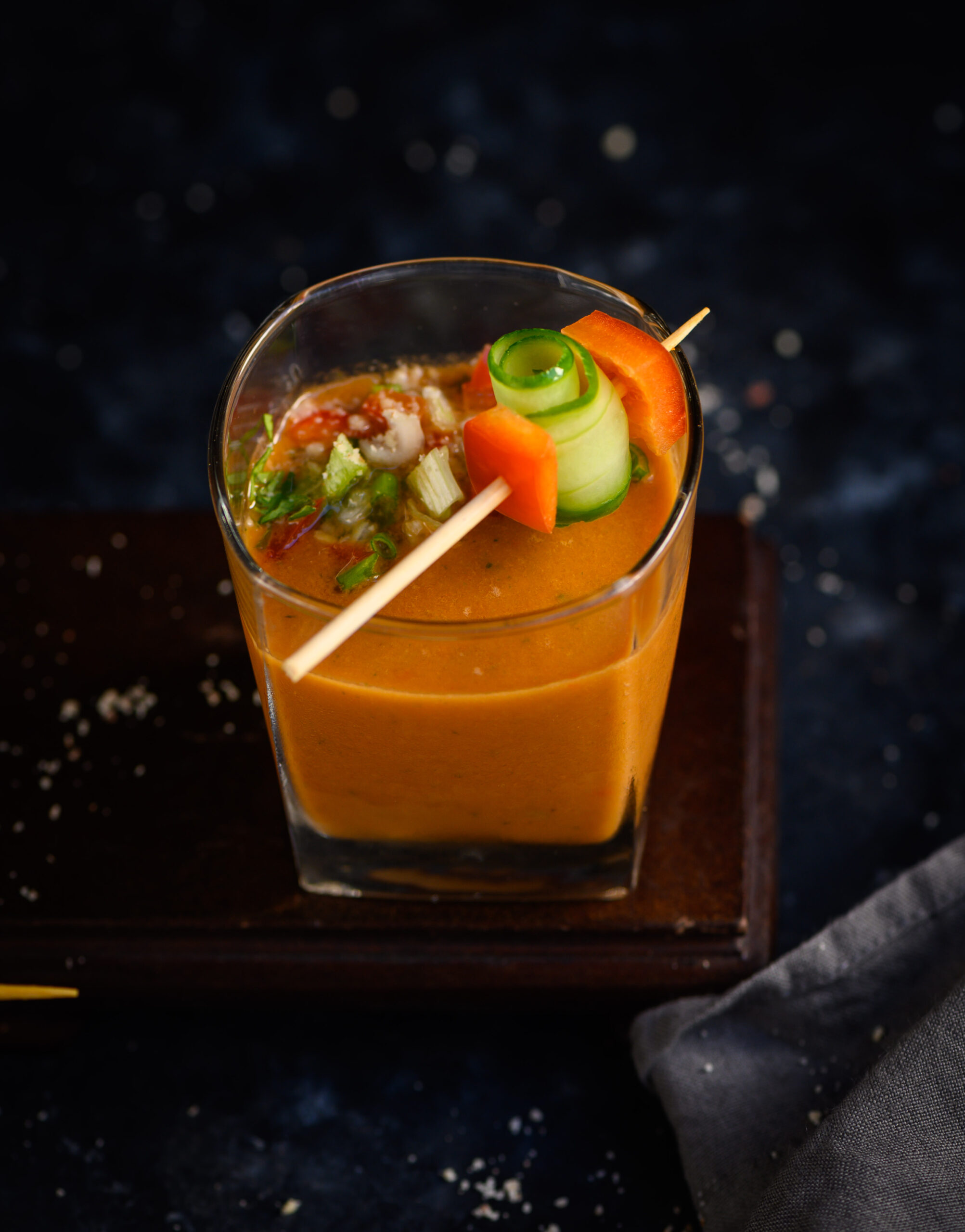
Watermelon Gazpacho
(Yield: 5-6 cups)
2 ½ cups watermelon – deseeded
¼ cup tomato
¼ cup chopped red capsicum
¼ cup spring onions
3-4 cloves garlic
2 tablespoon olive oil
5 basil leaves
2 teaspoons any good vinegar/red wine/sherry or a big squeeze of lemon
3 small slices jalapeño
2 tablespoons finely chopped raw mango
¼ teaspoon chaat masala
Salt to taste (I used Himalayan pink)
Toppings:
Finely sliced avocado
¼ cup finely sliced red capsicum
2 tablespoons finely sliced spring onion
2 tablespoons olive oil
The method to make this watermelon gazpacho is extremely simple. Just keep the toppings aside and put all the other ingredients into a blender. Blend, but let the mixture remain coarse.
Pour into pretty serving glasses or bowls and garnish with the toppings. Gazpacho is meant to be served cold, and whether your guests will enjoy it as a soup or as a crunchy beverage is up to how you serve it!
This watermelon gazpacho is truly a mélange of flavours: from spicy chaat masala to sweet watermelon, and the textures of soft avocado and crisp raw mango in between. You may think so many ingredients wouldn’t go well together, but believe me – they do. I so enjoyed having this gazpacho with sourdough slices, a light and healthy combination that formed a perfectly filling (and very satisfying!) dinner. Do give it a try while watermelons are in season, and let me know what you think!
